In the United States, bathrooms have evolved from being a single-function space to a private purification experience venue that combines comfort, aesthetics, and intelligence. With the increasing demand for home upgrades, light up bathroom mirror are becoming an important trend in modern home renovation. This article, in the form of industry news reports, reviews its market performance, functional value, and future development, combining the latest data from authoritative institutions such as NKBA (National Kitchen and Bath Association) and Houzz, and referencing product practices from companies such as Wellfor, to provide comprehensive insights.
1. Market situation: bathroom renovation continues to be hot, with mirror functionality becoming the focus
The market size of bathroom renovation is growing steadily.
According to NKBA's "2024 Kitchen and Bath Market Outlook", the overall expenditure on the kitchen and bathroom (K&B) market in the United States is expected to reach approximately $173 billion in 2024. Although this is slightly lower than the previous year by 3%, it is still higher than the pre-pandemic level, indicating the resilience of the market. Its subsequent mid-term report predicts that the annual expenditure will reach $175 billion, with the decline further narrowed to 2%.
Investment in renovation continues to rise.
According to Houzz's "2024 US Bathroom Trends Survey", the median expenditure on bathroom renovations increased from $13,500 in 2022 to $15,000 in 2023, representing a nearly 11% growth. Meanwhile, investments in high-end projects often surpass $45,000, indicating consumers' ongoing focus on enhancing the quality of bathrooms.
The demand for mirror upgrades is significant.
In bathroom renovation projects, 59% of homeowners choose to upgrade their mirrors. Among these, mirrors with LED lighting are the most popular, accounting for 21%, closely followed by those with anti-fog function (20%). Meanwhile, mirrors with lighting account for nearly 19% of overall lighting updates, making them one of the key configurations in renovations.
2. Functional Highlights: Why is the "light up mirror" becoming a new favourite in design?
1. Uniform light source enhances user experience
Mirrors with lights can provide frontal or ambient lighting, eliminating facial shadows caused by traditional overhead lights. They are particularly practical for delicate grooming tasks such as makeup and shaving. Moreover, the soft lighting provides a more comfortable visual experience.
2. Energy conservation and environmental protection align with the sustainable trend
Most illuminated mirrors utilise LED light sources, consuming approximately 75% less energy than traditional halogen lamps. According to Houzz data, 84% of bathroom renovation homeowners prioritise sustainable solutions, and LED lighting is a representative element of this trend.
3. Consensus recommendation from home experts
According to the NKBA's 2024 trend survey, over 60% of designers and homeowners emphasise the creation of a "spa-like" relaxing atmosphere in bathroom renovations, making atmosphere lighting and dimmable mirrors highly favoured.
At the product level, Wellfor has launched a series of LED light-up bathroom mirrors that feature adjustable lighting and anti-fog functions, while emphasising minimalist design, aligning with the current mainstream style of modernity and simplicity.

3. Integration Strategy: How to Effectively Incorporate a Lighted Mirror in Bathroom Renovation
1. Clear design positioning
Compact bathroom: Install a mirror with a front light above the washbasin, which is fully functional and space-saving.
Double washbasin scenario: Equip each washbasin with an independent illuminated mirror, ensuring comfort of use and enhancing the sense of spatial symmetry.
Luxury configuration: Install a full-body illuminated mirror on the exterior wall of the cloakroom or bathroom to meet the comprehensive needs of dressing and beauty.
2. Enhance functional experience
Adjustable colour temperature: Supporting a colour temperature range of 2700K–6000K, users can switch the lighting effect according to different times or needs.
Smart features: Touch control, voice control, and anti-fog functions are gradually becoming standard configurations.
Integrated storage and lighting: Some mirror cabinets combine lighting and storage functions, achieving a harmonious blend of aesthetics and practicality.
3. Installation advice: Balance DIY and professionalism
DIY approach: Many products on the market are designed to be plug-and-play, such as some models from Wellfor, which support no complex wiring. Users can quickly install them themselves, reducing construction costs.
Professional construction: For large-sized mirrors, concealed wiring, or smart home integration, it is still recommended to hire a professional team. According to Houzz research, 83% of bathroom renovation projects employ professional construction personnel, with nearly half opting for general contractors.
4. Case Inspiration and Data Support
In addition to market research data, industry trends are also corroborating the popularity of the "light up mirror". A joint survey conducted by HDTV and Opendoor reveals that approximately 60% of American households plan to undertake some kind of renovation in 2024, with bathroom updates being one of the key focuses.
At the brand level, the smart mirror cabinet series launched by Wellfor in 2024 combines lighting, anti-fog, and storage, making it a practical choice for small-sized homes and users who pursue efficient space utilisation. Such products not only enhance the convenience of daily use but also satisfy the pursuit of aesthetic and cleanliness in space.
Meanwhile, the trend forecast for NKBA in 2025 indicates that the focus of bathroom renovation will increasingly lean towards intelligence and personalisation, such as seamless minimalist design, natural materials, adjustable lighting, and self-care functions. This aligns closely with the development direction of illuminated mirrors.
5. Trend Outlook: How will Light Up Mirror evolve?
In the future, the development of a light-up bathroom mirror will mainly focus on four directions.
Firstly, it's about intelligent integration. With the popularity of smart homes, bathroom mirrors are no longer limited to lighting. They are also integrated with functions such as AI skin detection and health monitoring, gradually becoming core devices for family health and convenience.
Next comes personalised customisation. Consumers are increasingly eager to express their individuality through their homes, so mirrors of the future will offer more customisation options in terms of size, lighting effects, and frame materials to accommodate different design styles.
Thirdly, there's an enhancement in durability. In high-humidity environments, anti-fogging, waterproofing, and the stability of electrical modules are crucial. Future products will place greater emphasis on material and technology optimisation to prolong their service life.
Lastly, there is the balance between cost and aesthetics. With the scale of production, entry-level products will become more affordable, promoting their popularity; meanwhile, high-end models will still exist to cater to consumer groups who pursue luxury and differentiation.
Summary
Illuminated bathroom mirrors have become the functional core of modern bathroom renovations. Based on authoritative data from NKBA and Houzz, they not only meet consumers' multiple needs for lighting, energy efficiency, intelligence, and aesthetics, but are also considered an important investment to enhance property value and quality of life.
Emerging brands represented by Wellfor are pushing bathroom lighting from the traditional practical stage to a new level of intelligence and personalisation by launching multifunctional, anti-fog, dimmable smart mirrors. It can be foreseen that light-up mirrors will continue to play a key role in future bathroom renovations.
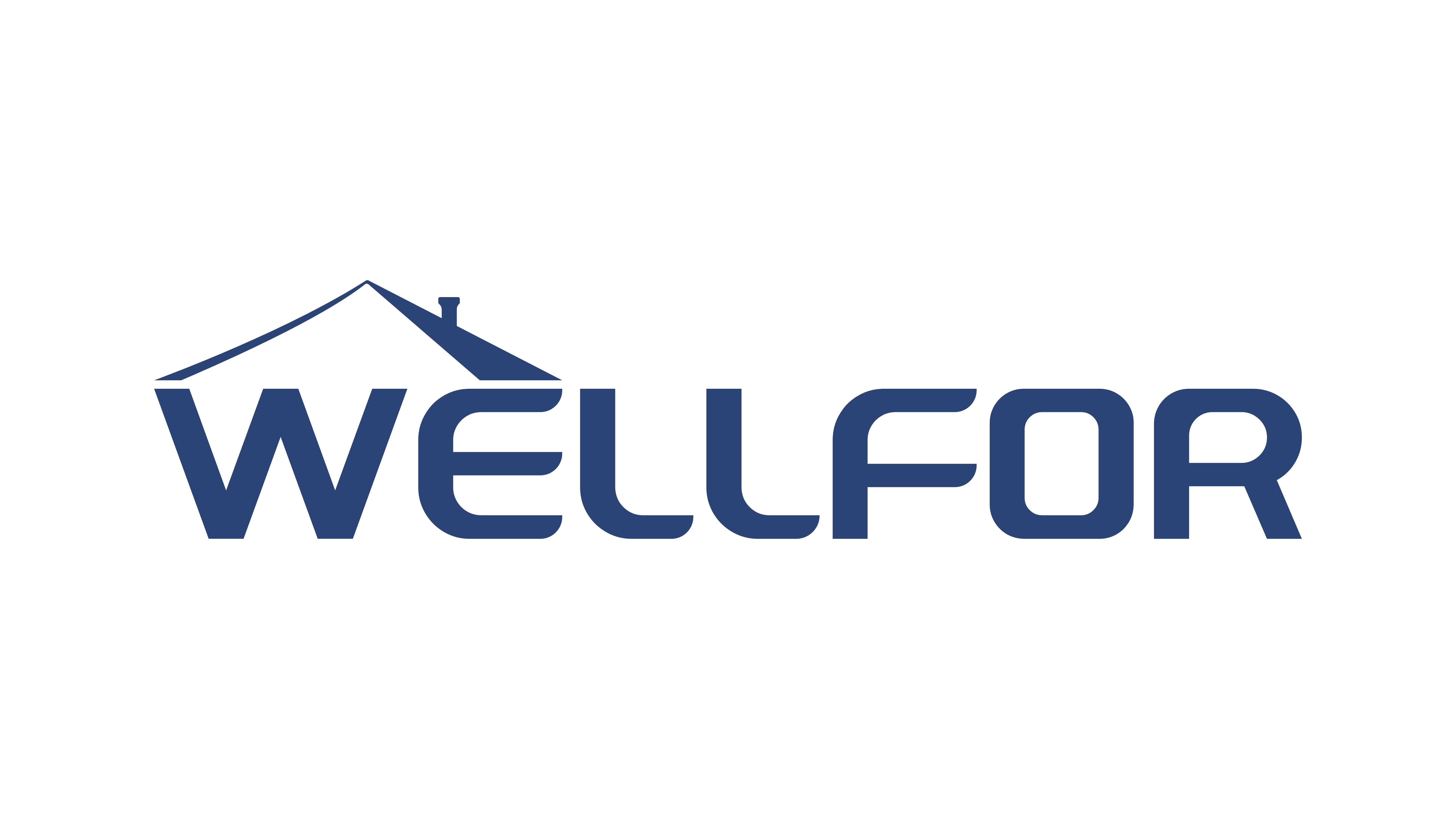
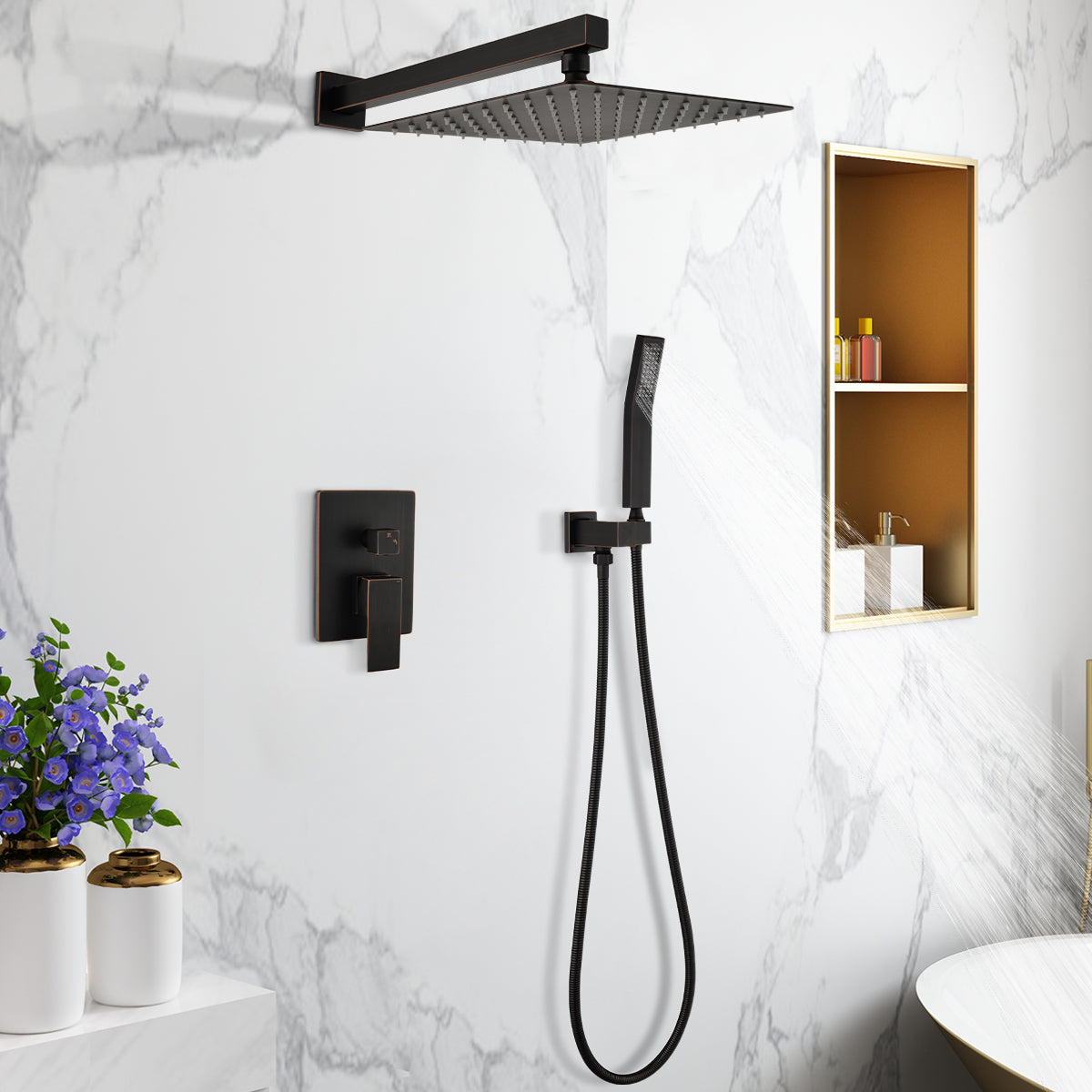
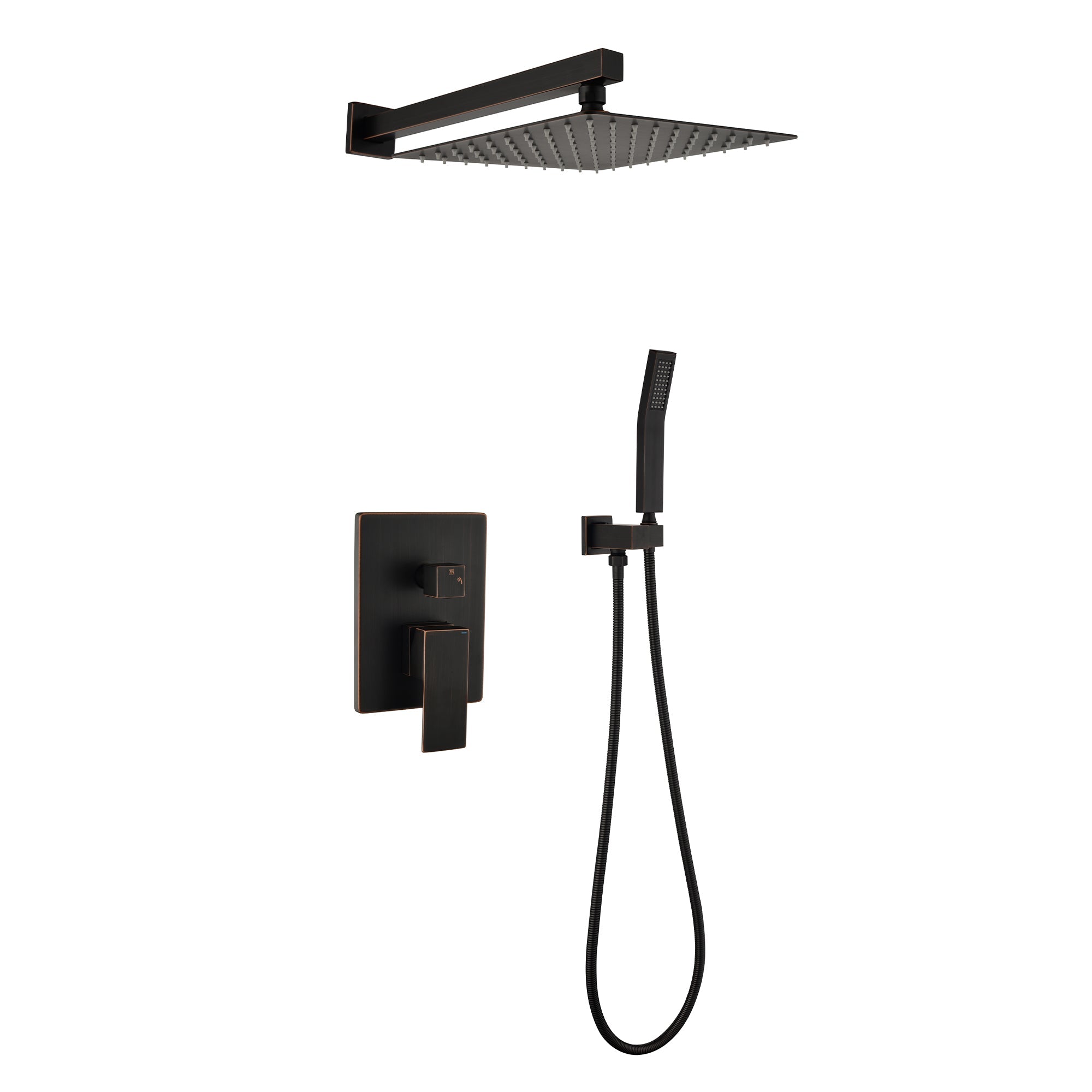


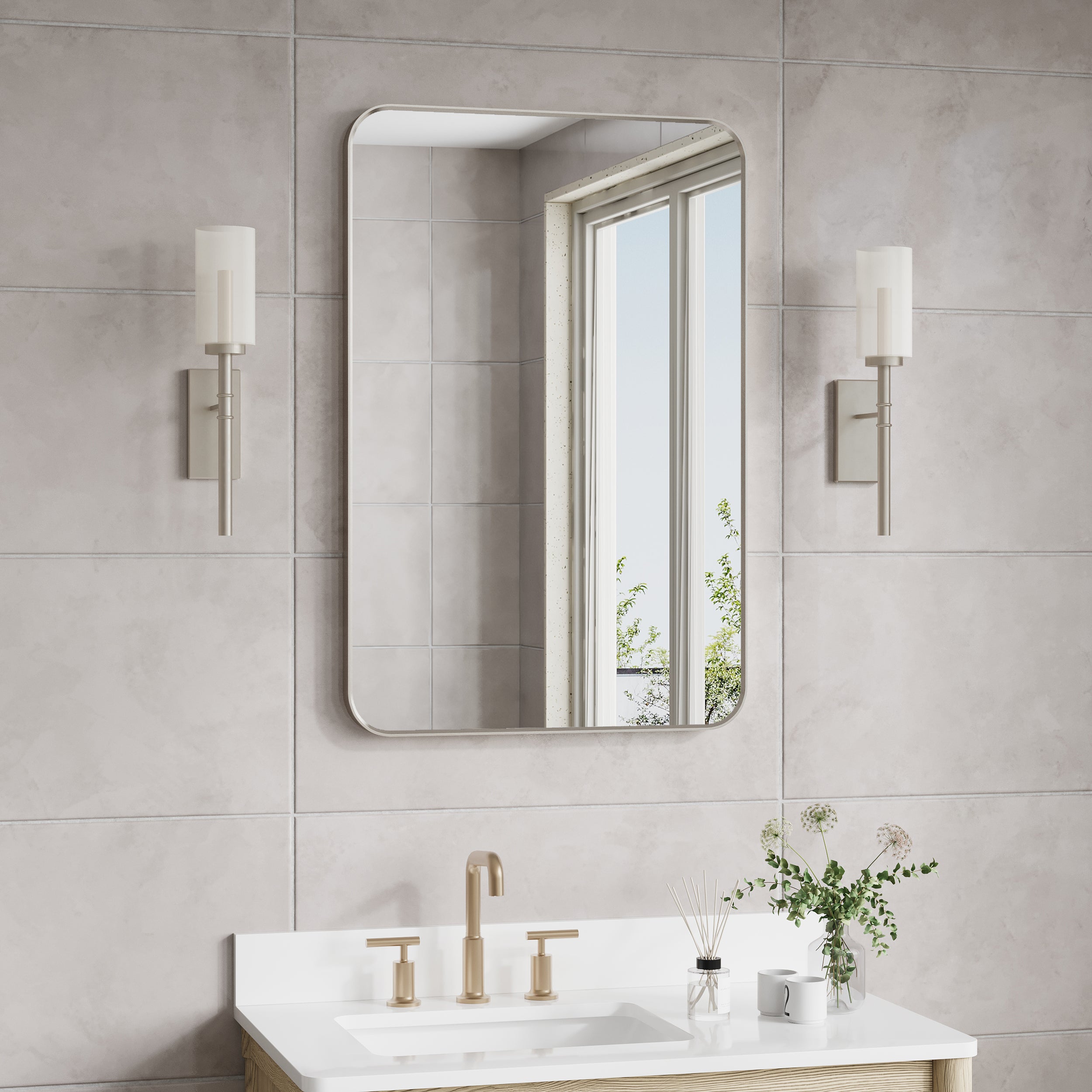
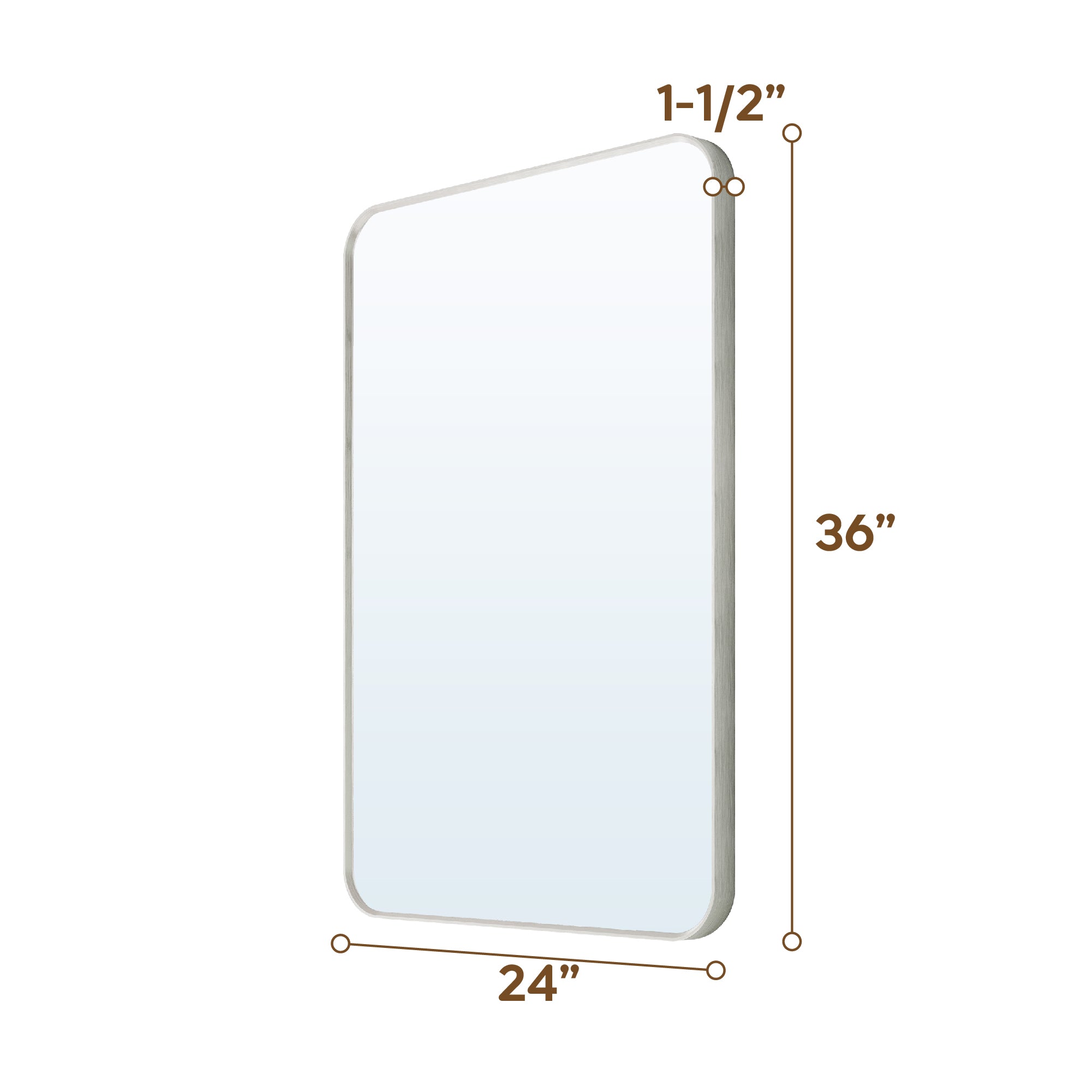

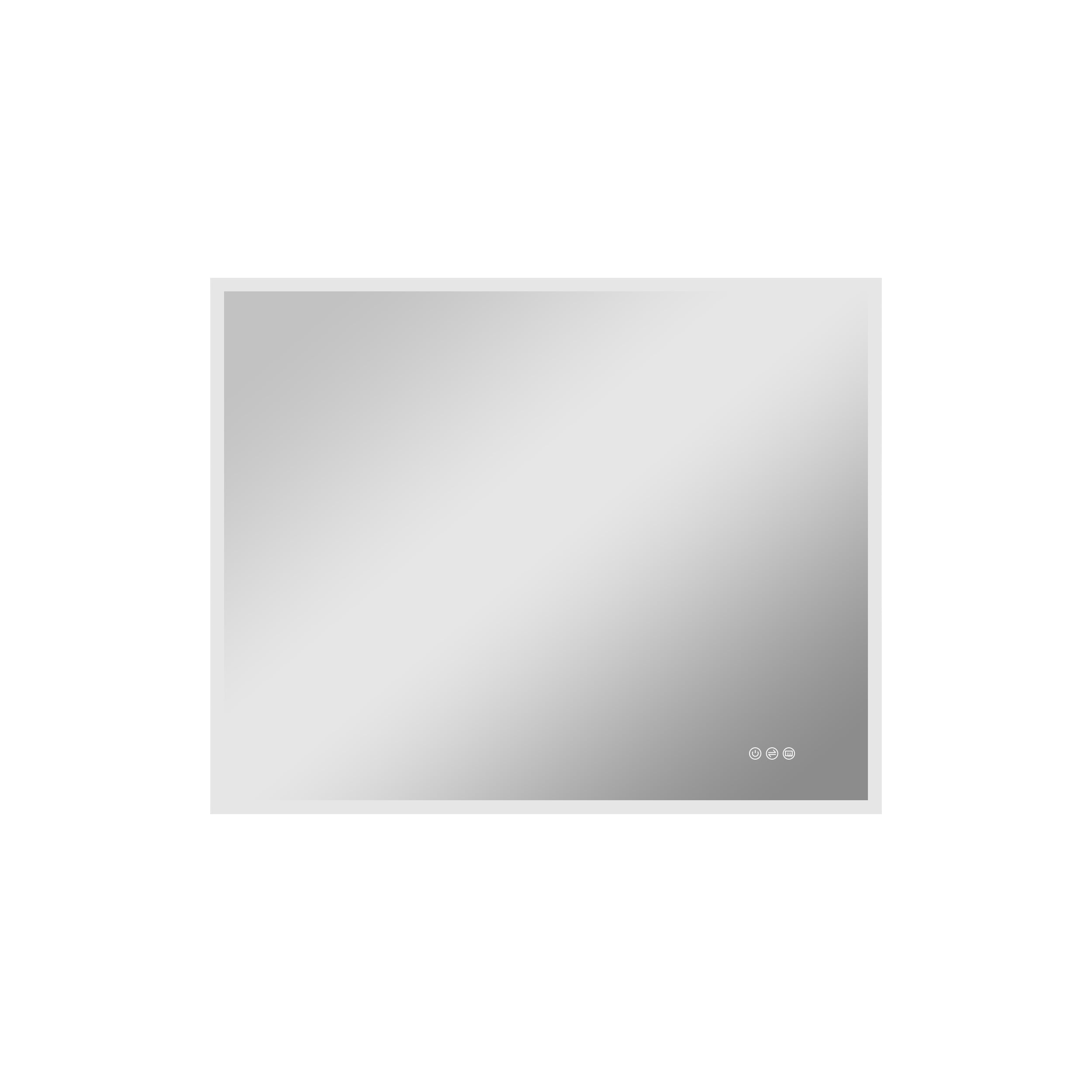
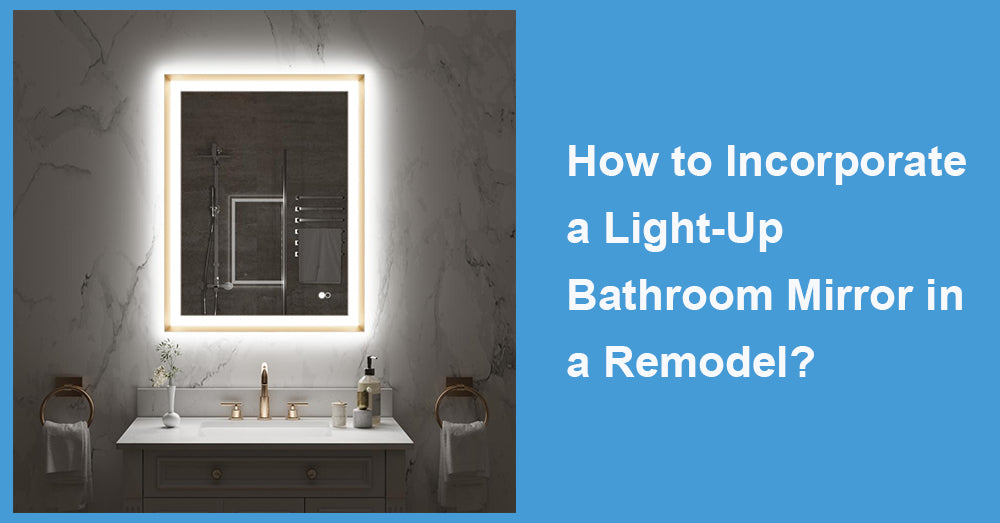

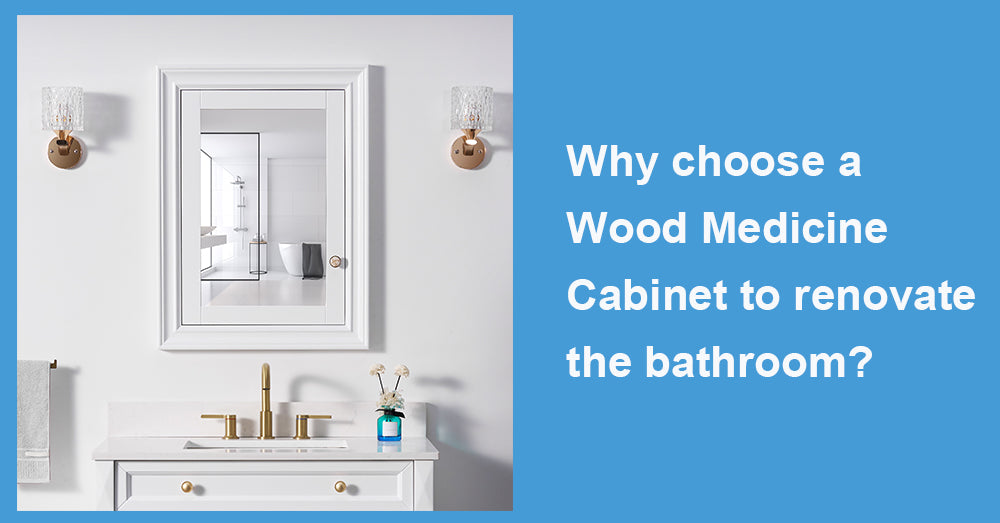
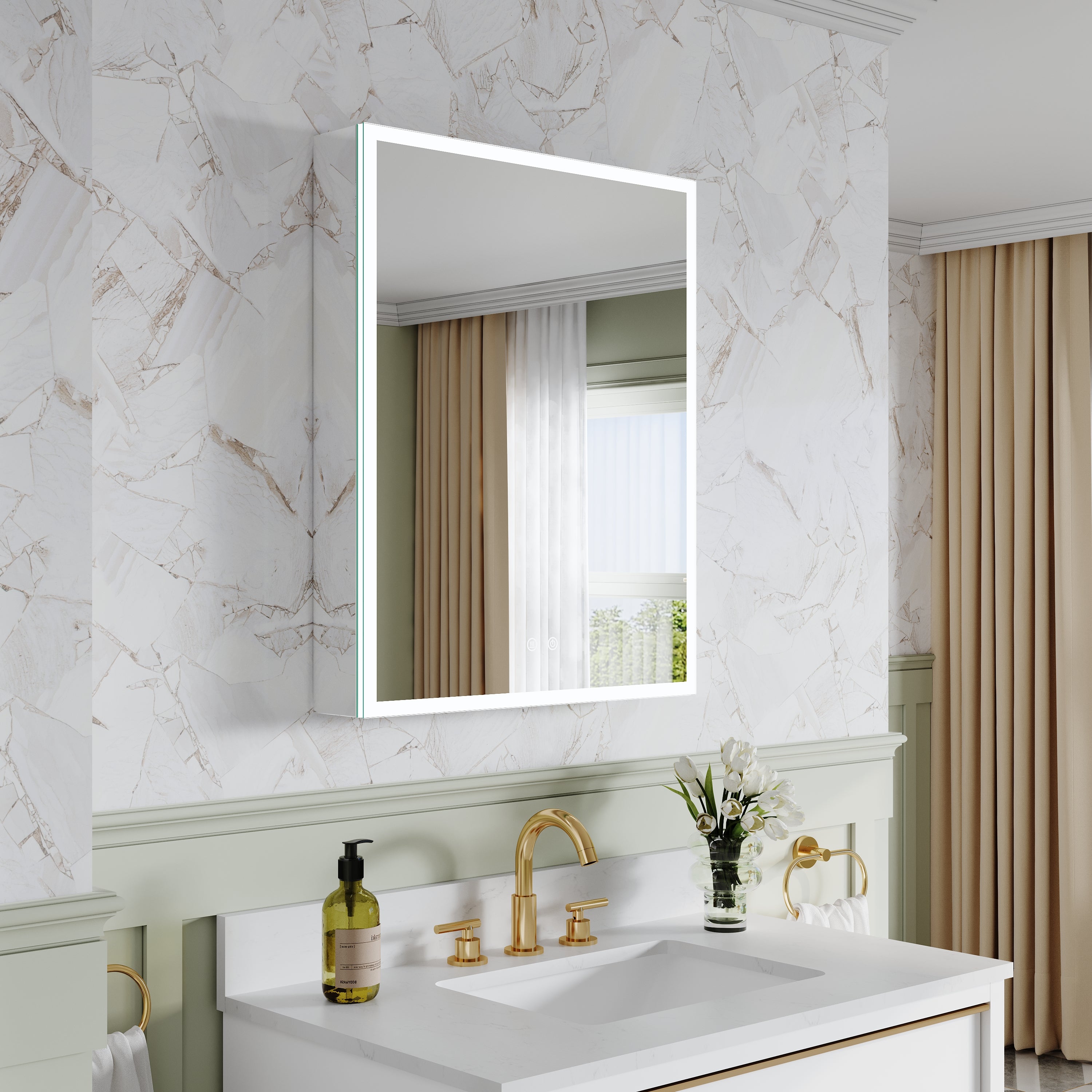
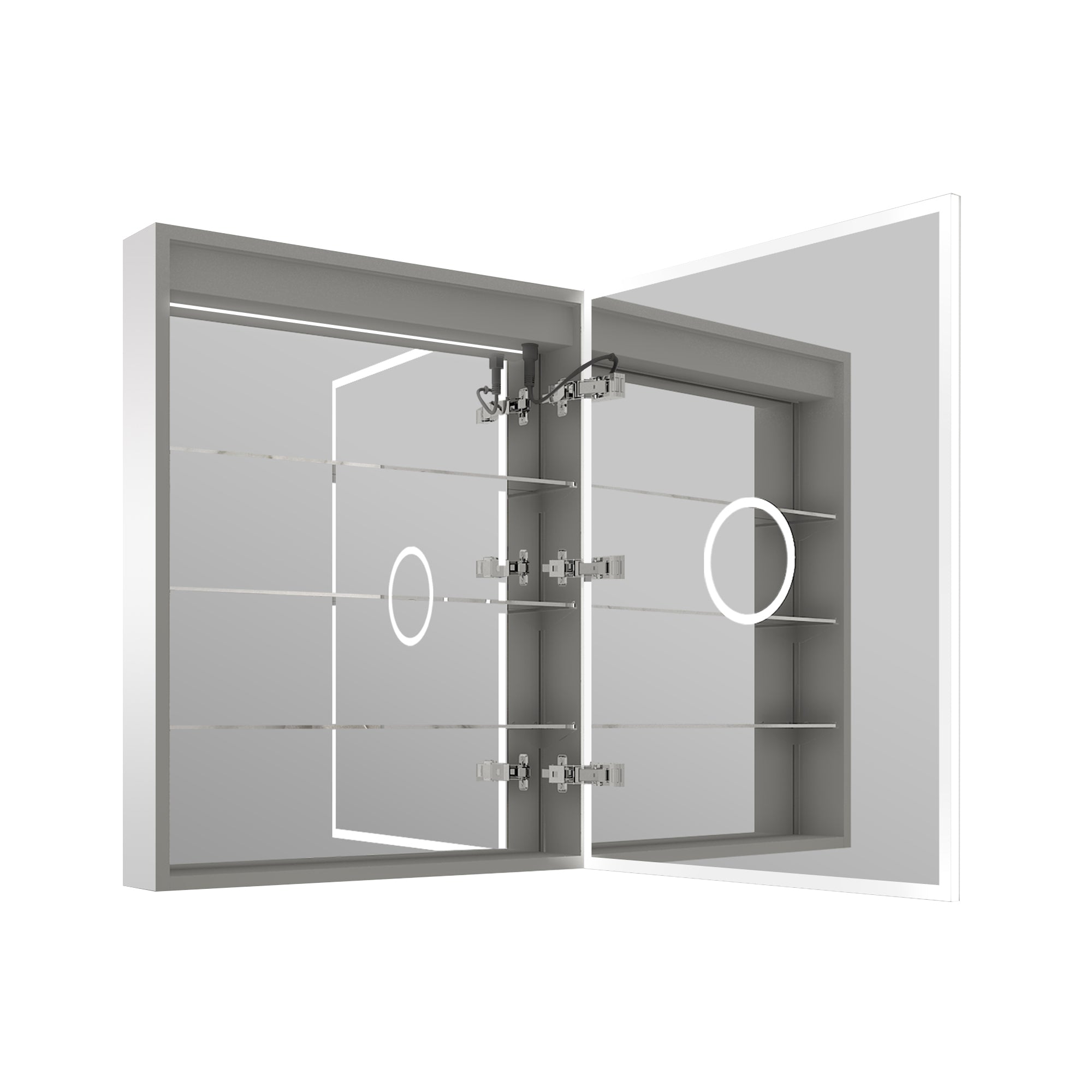
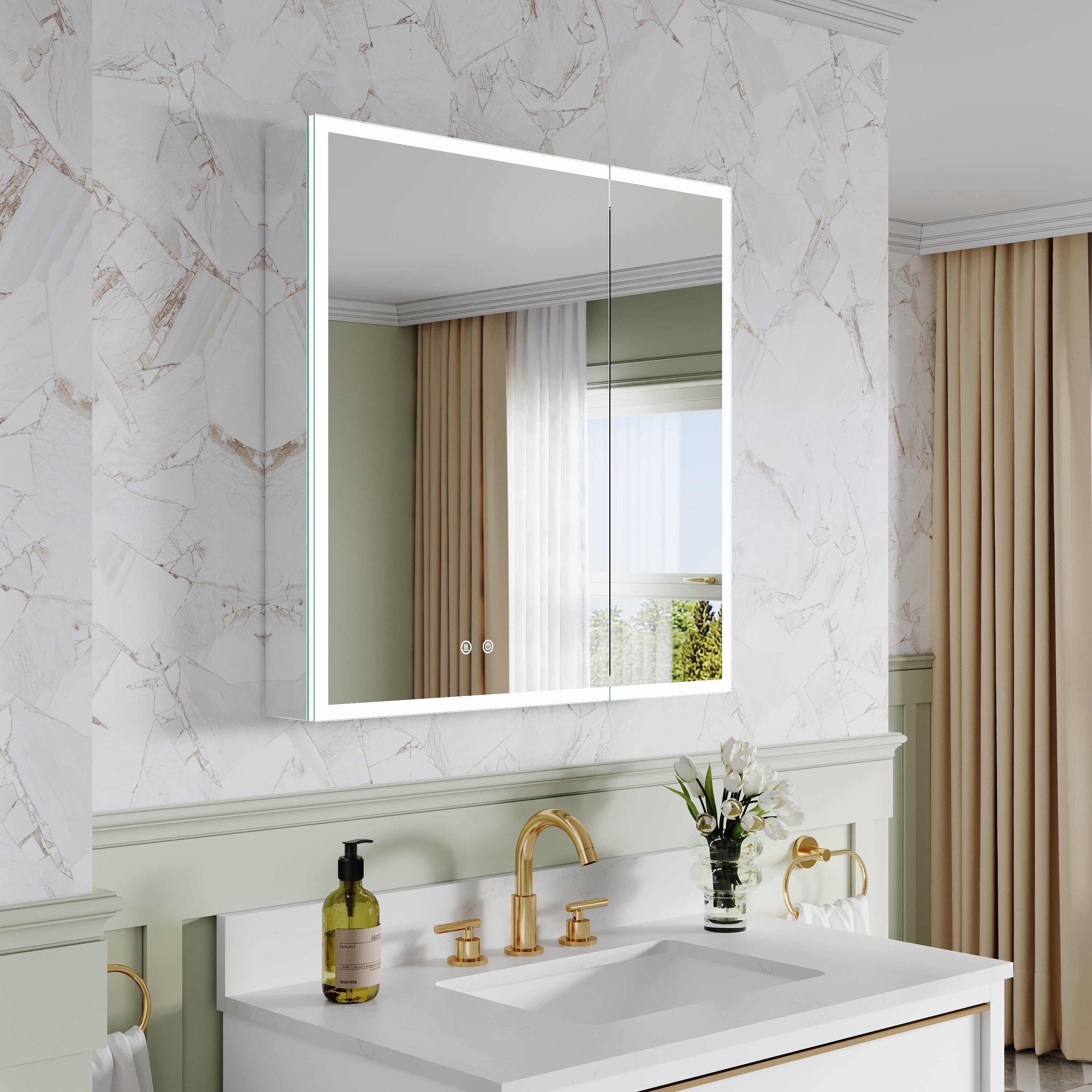
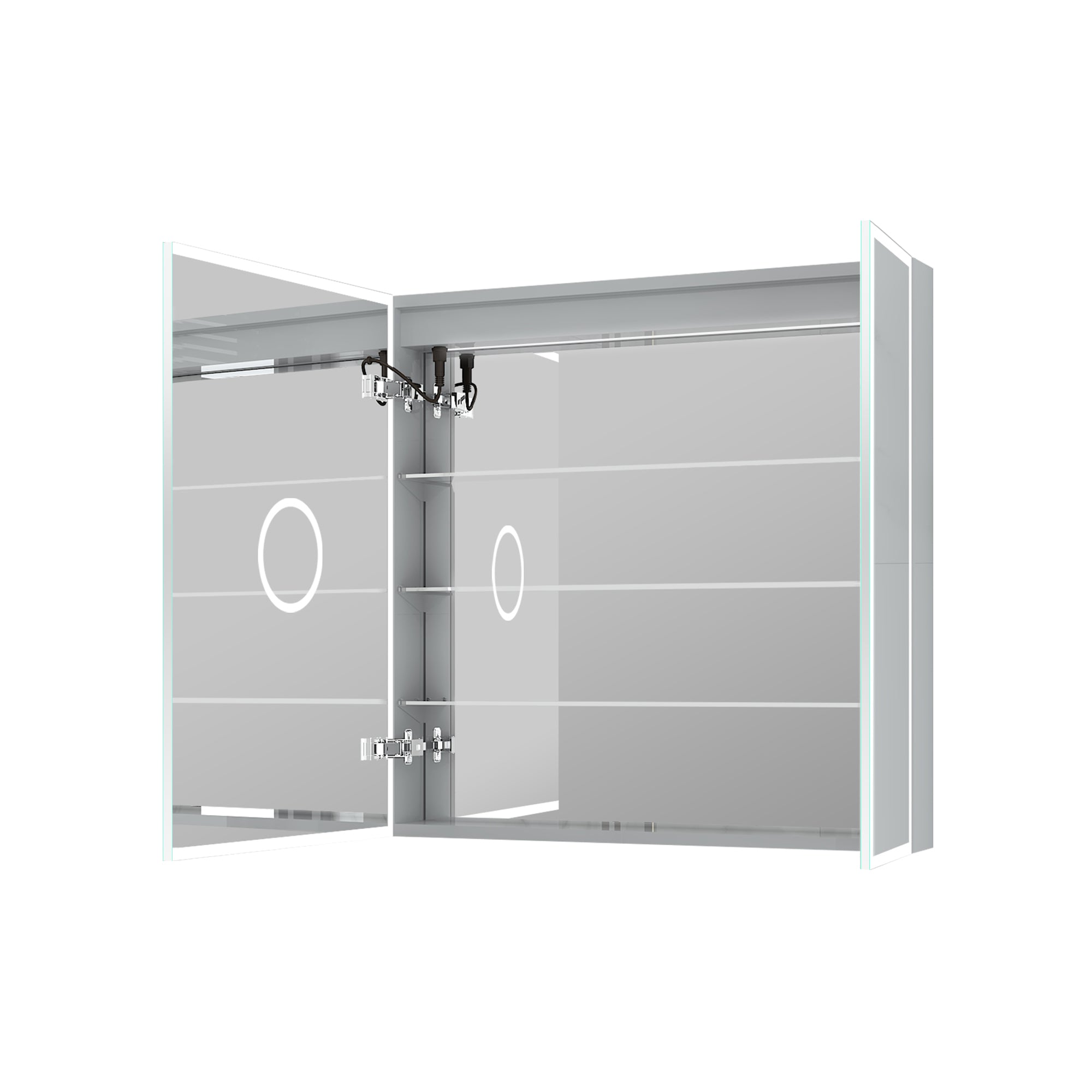
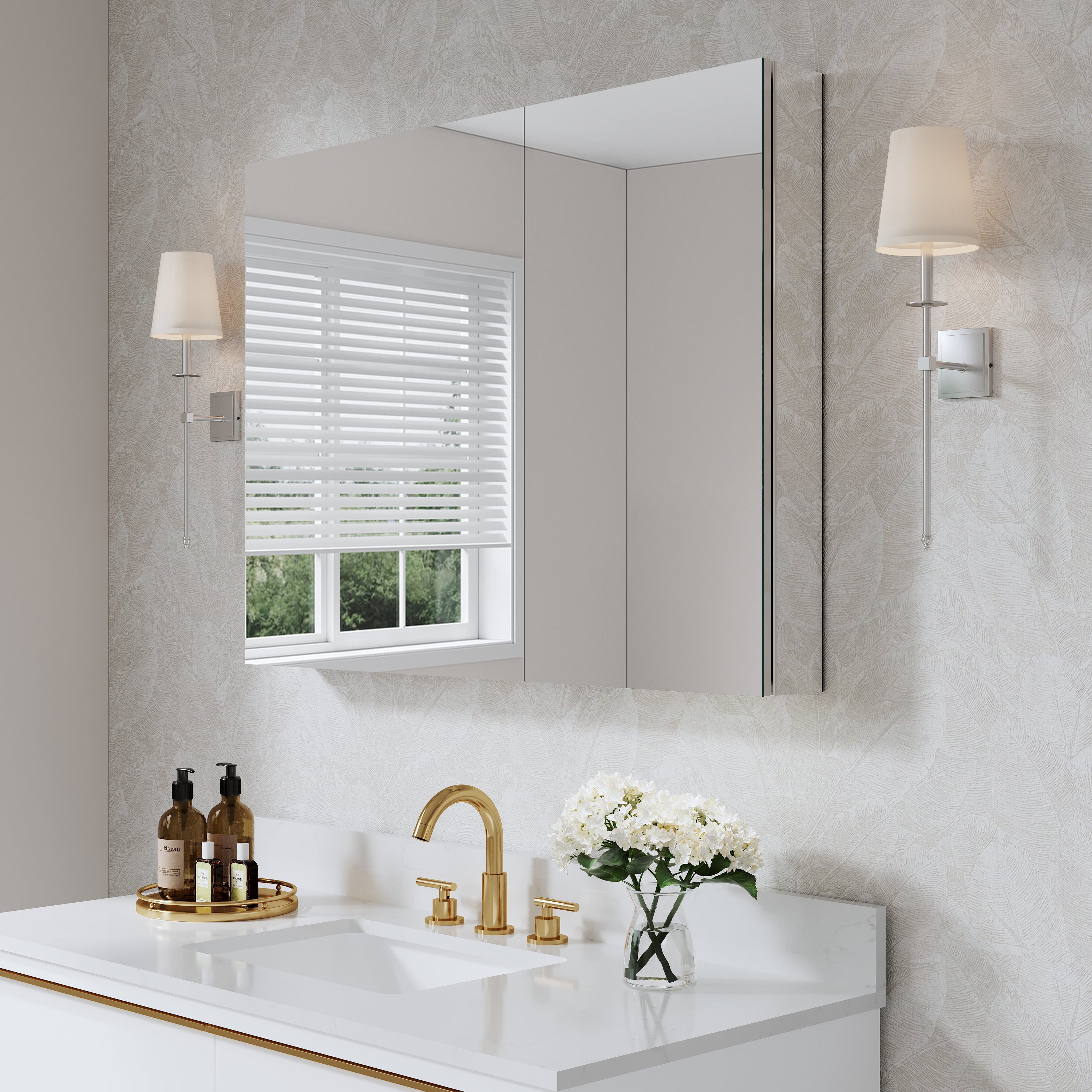

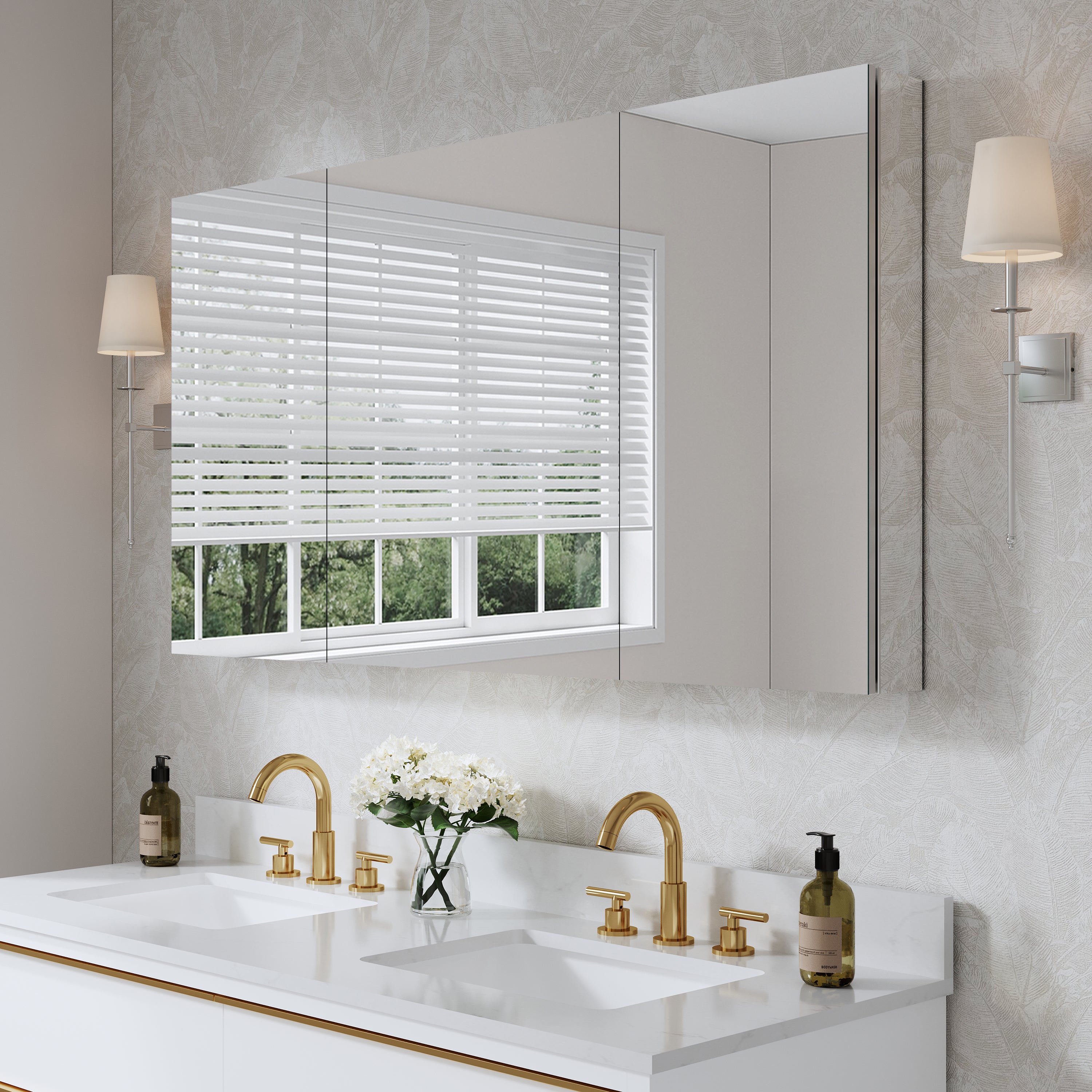

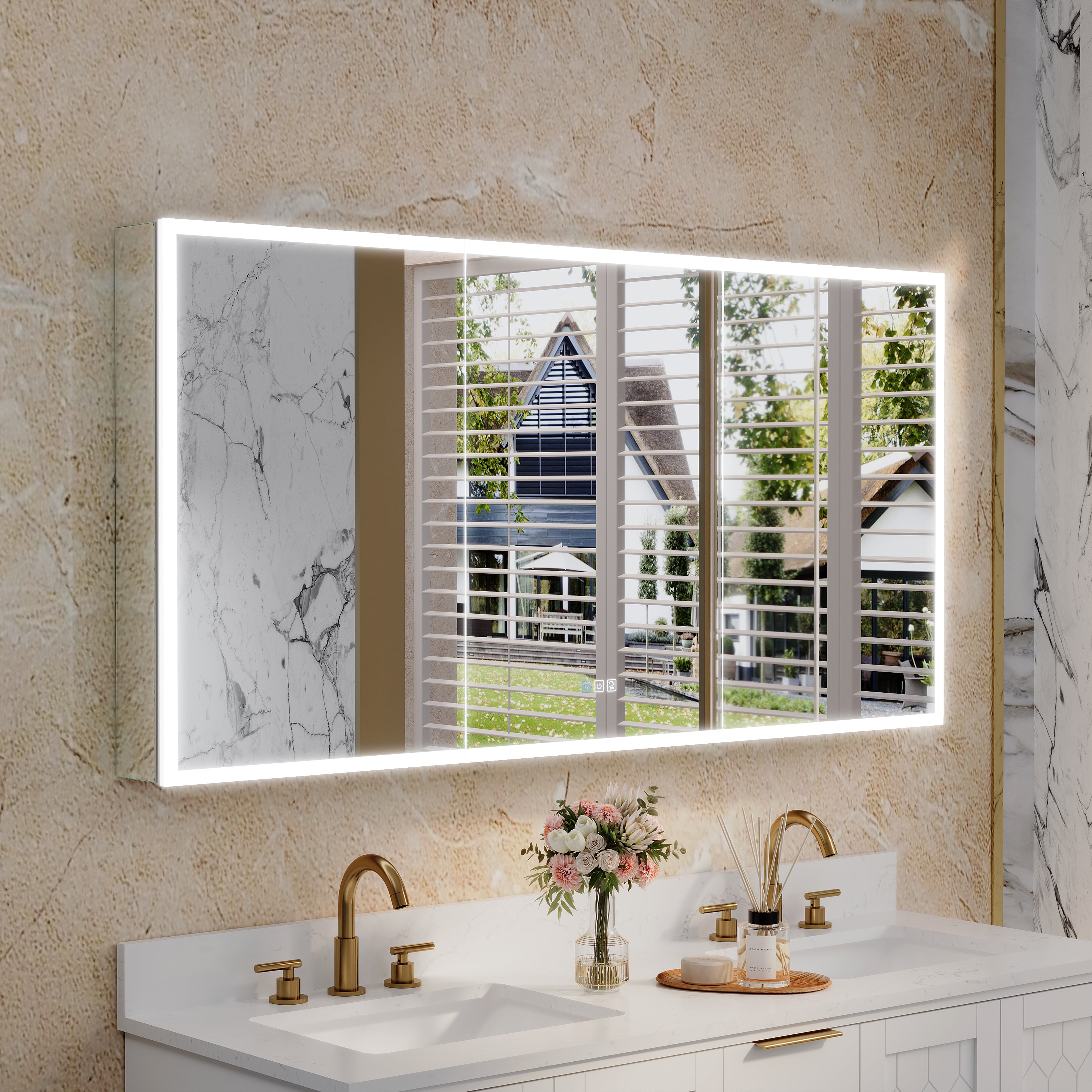

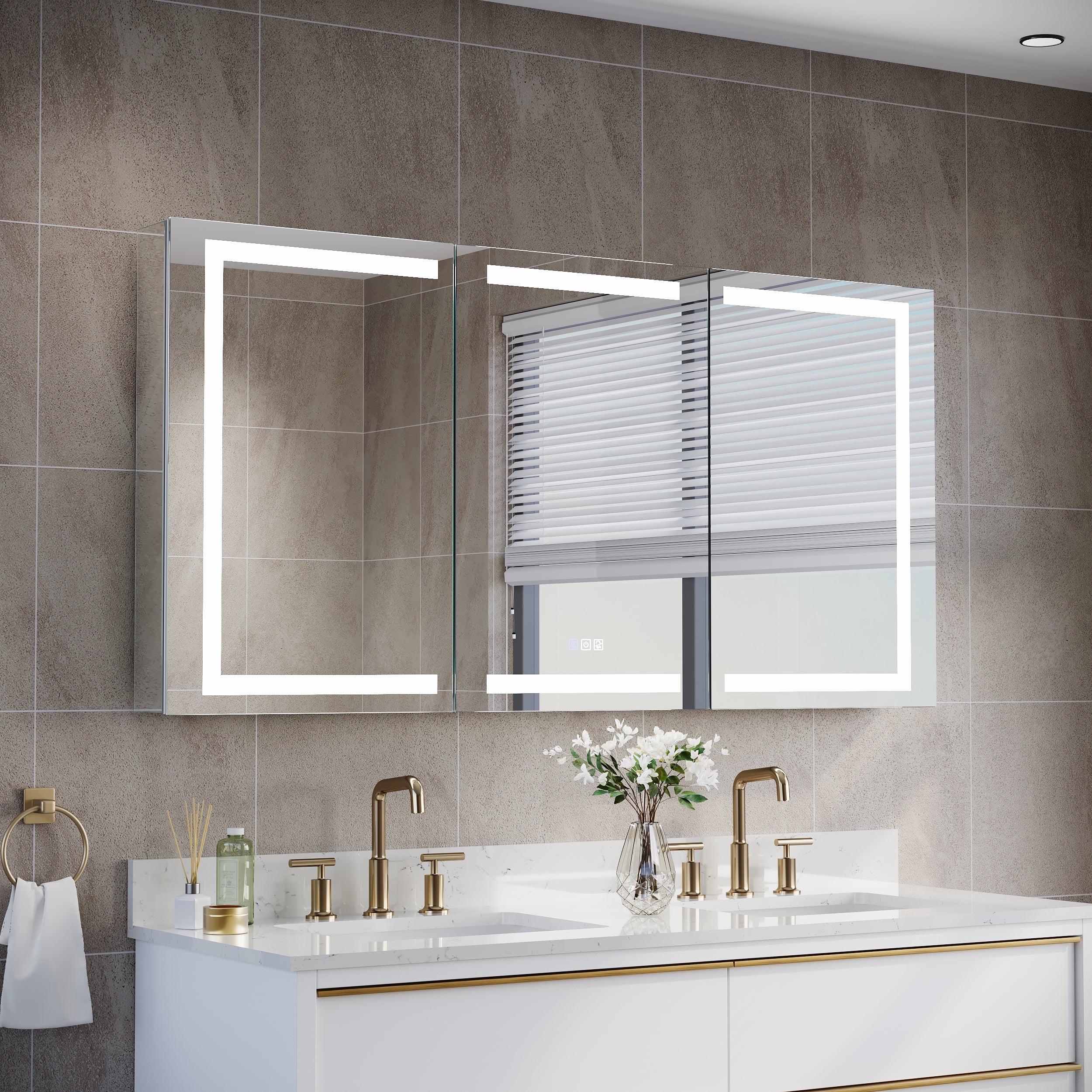


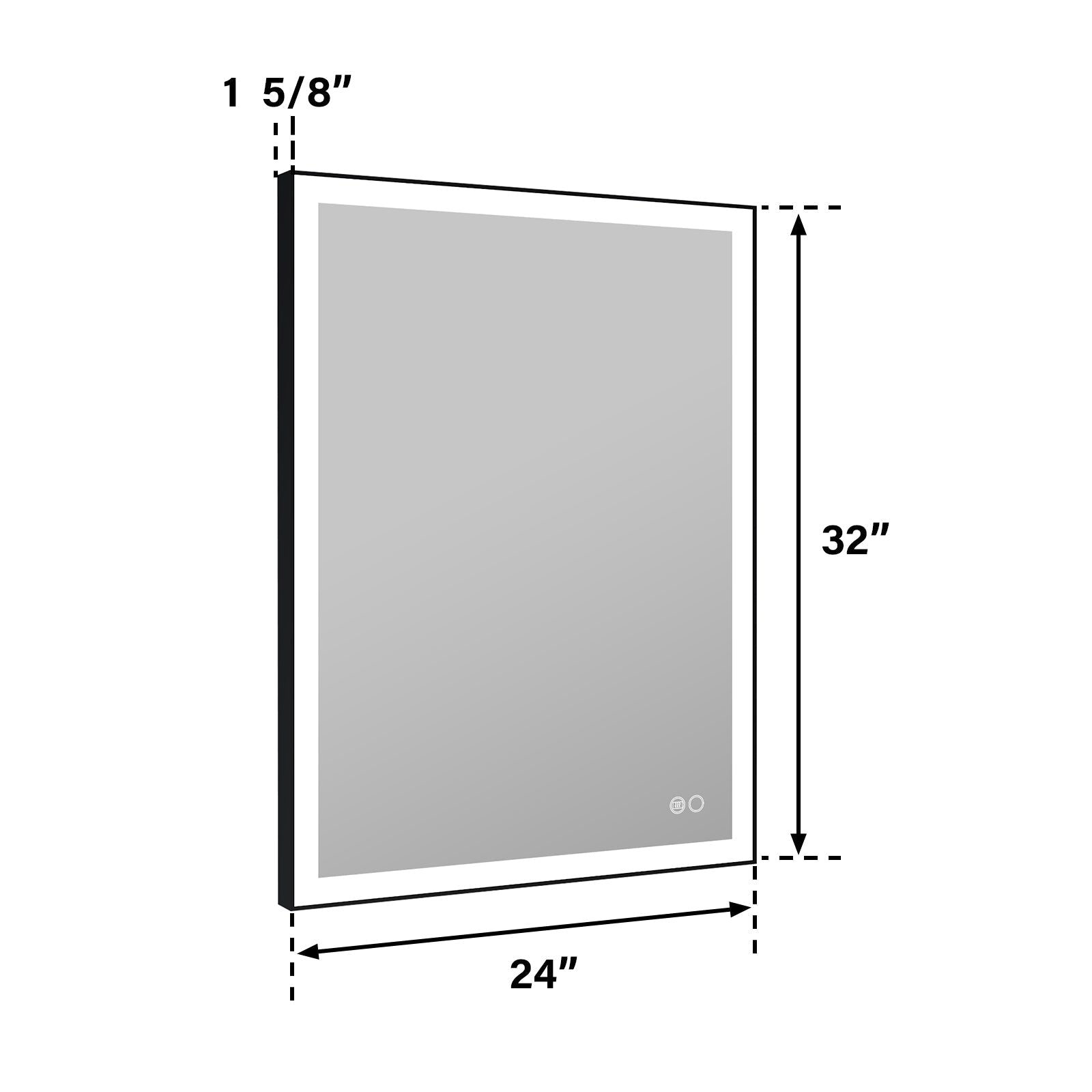
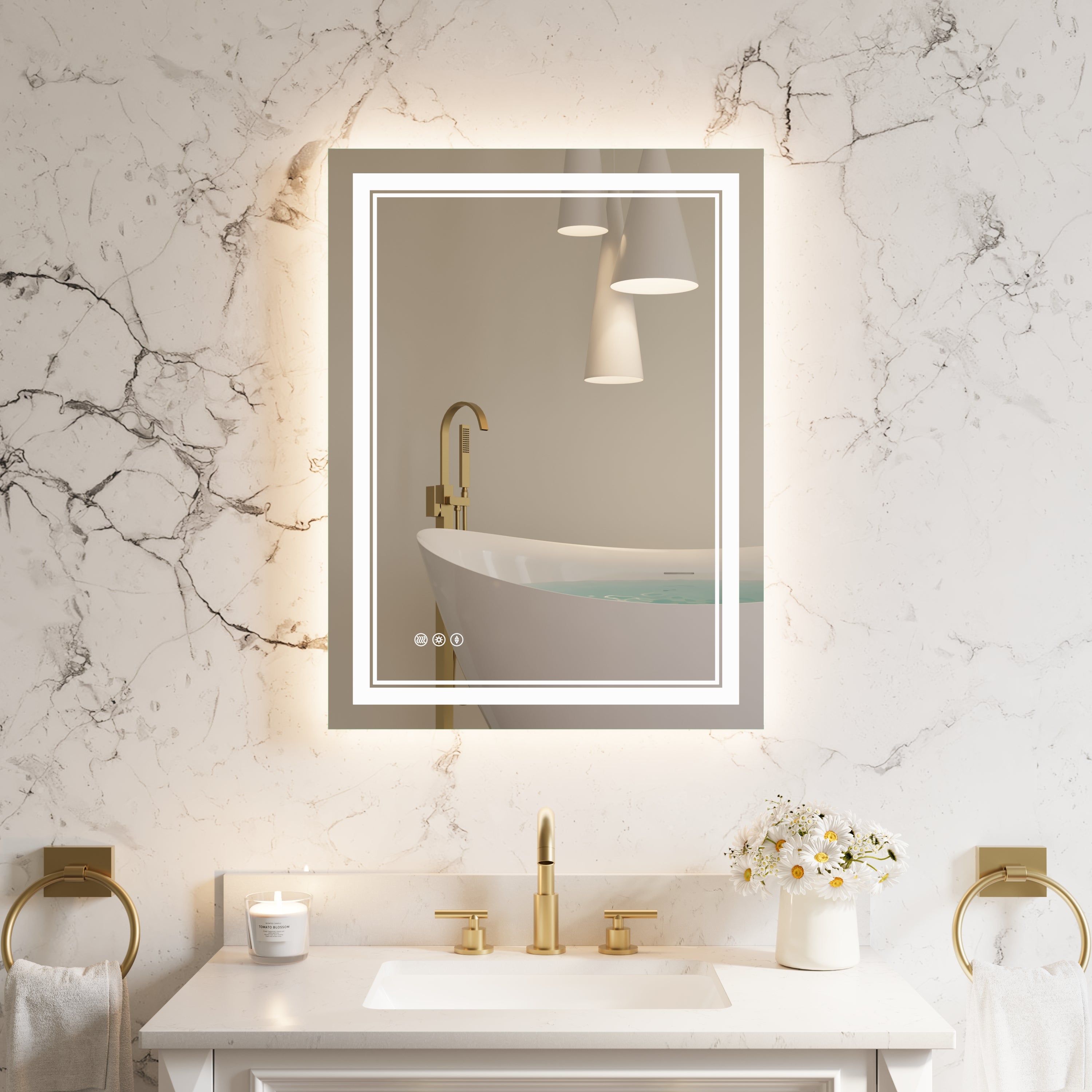
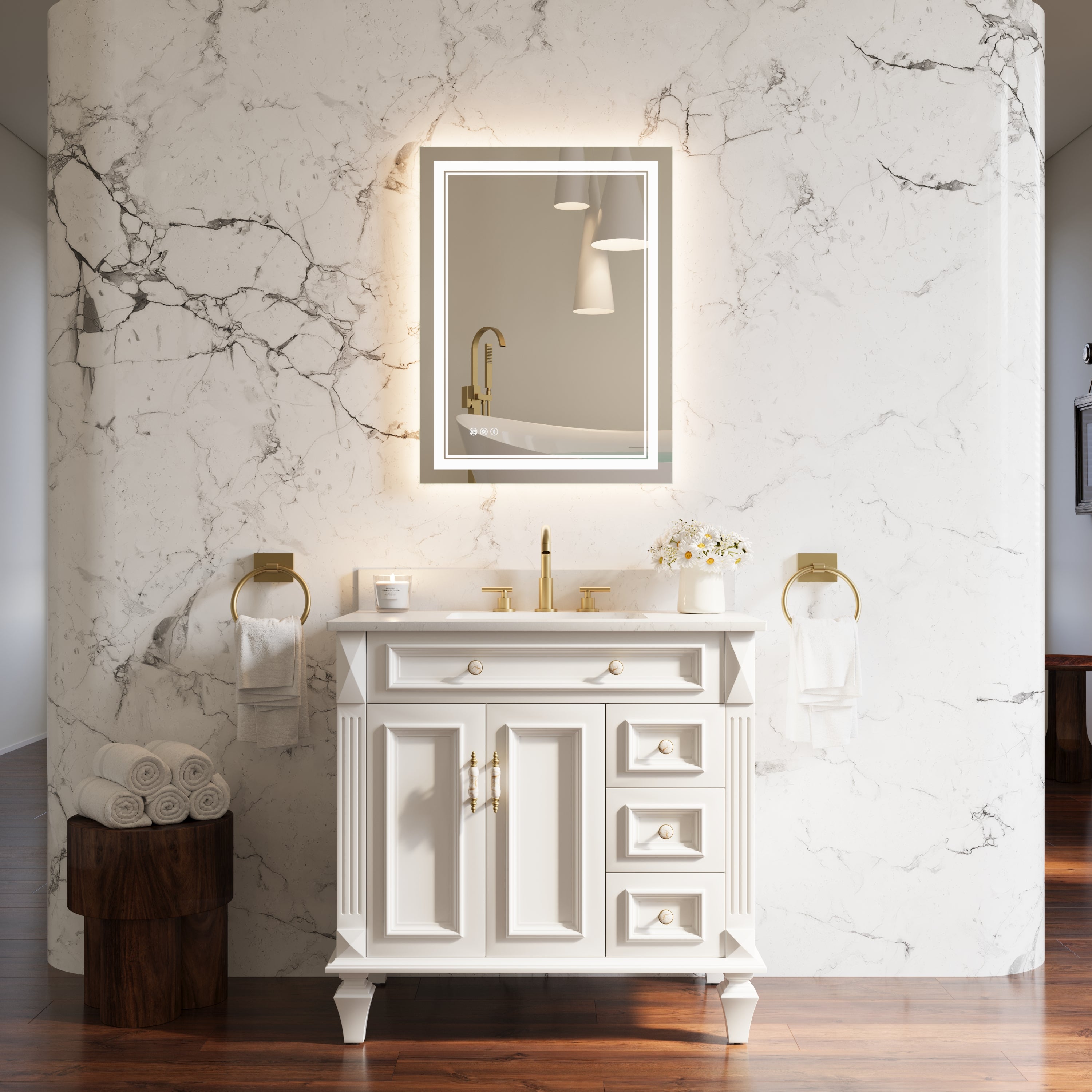
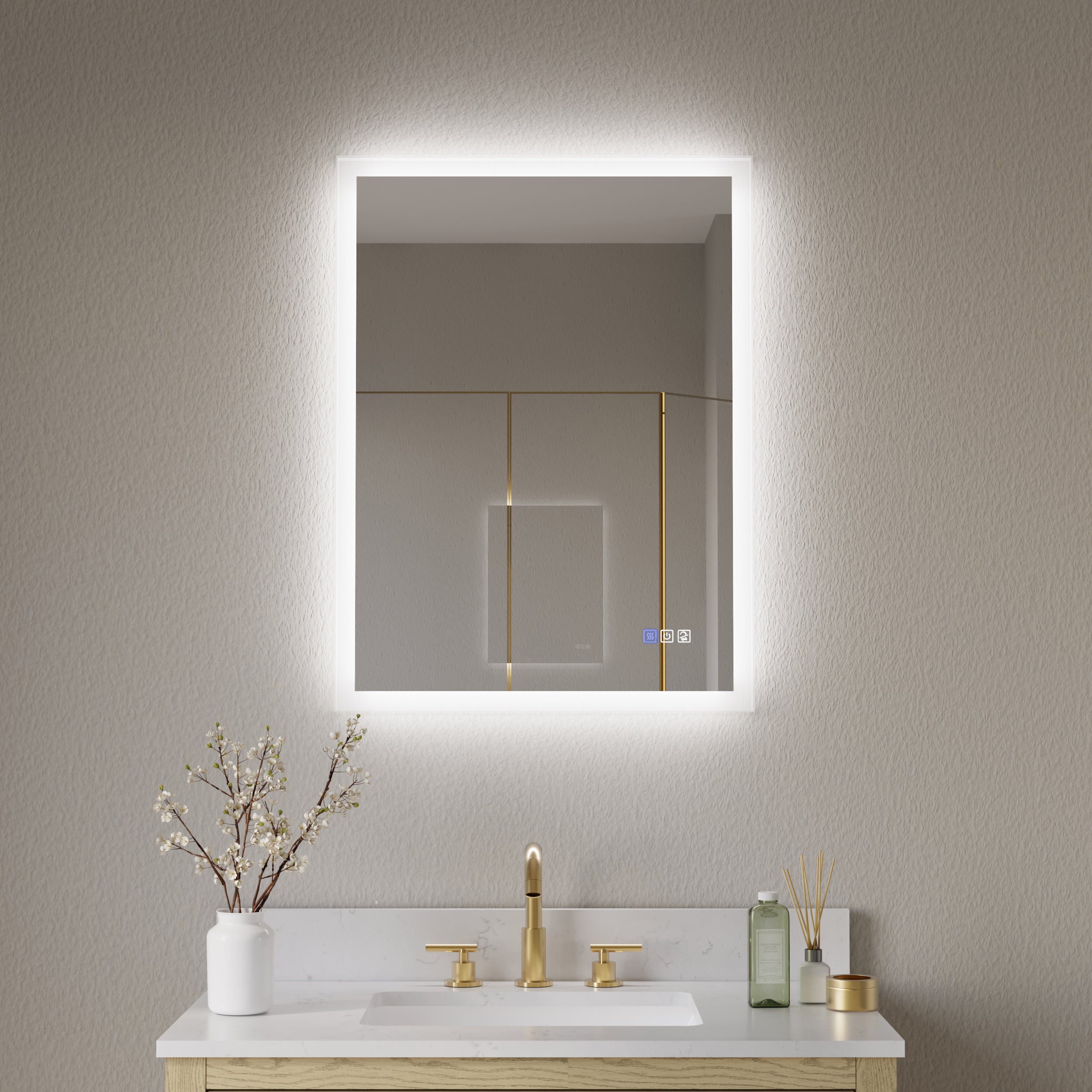

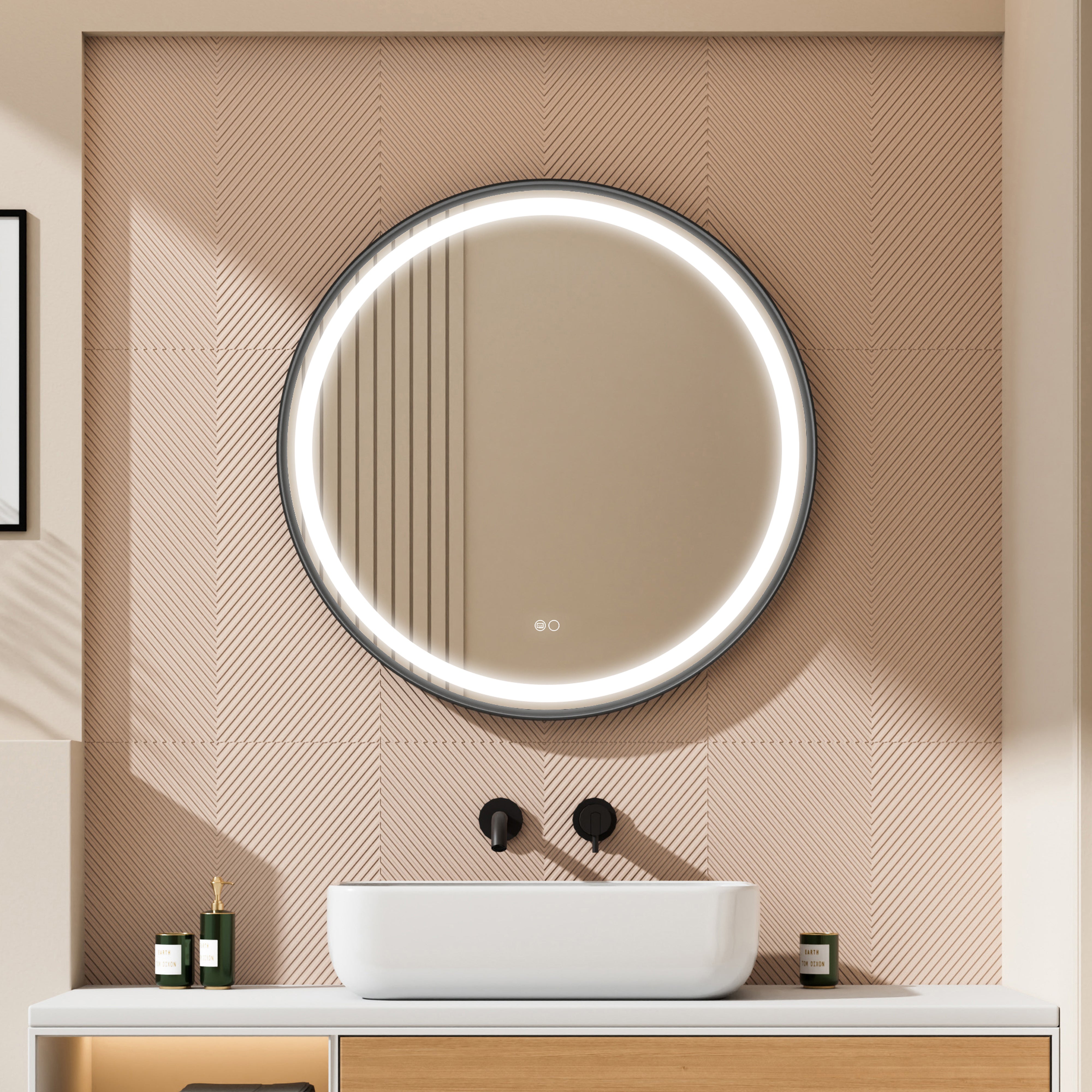
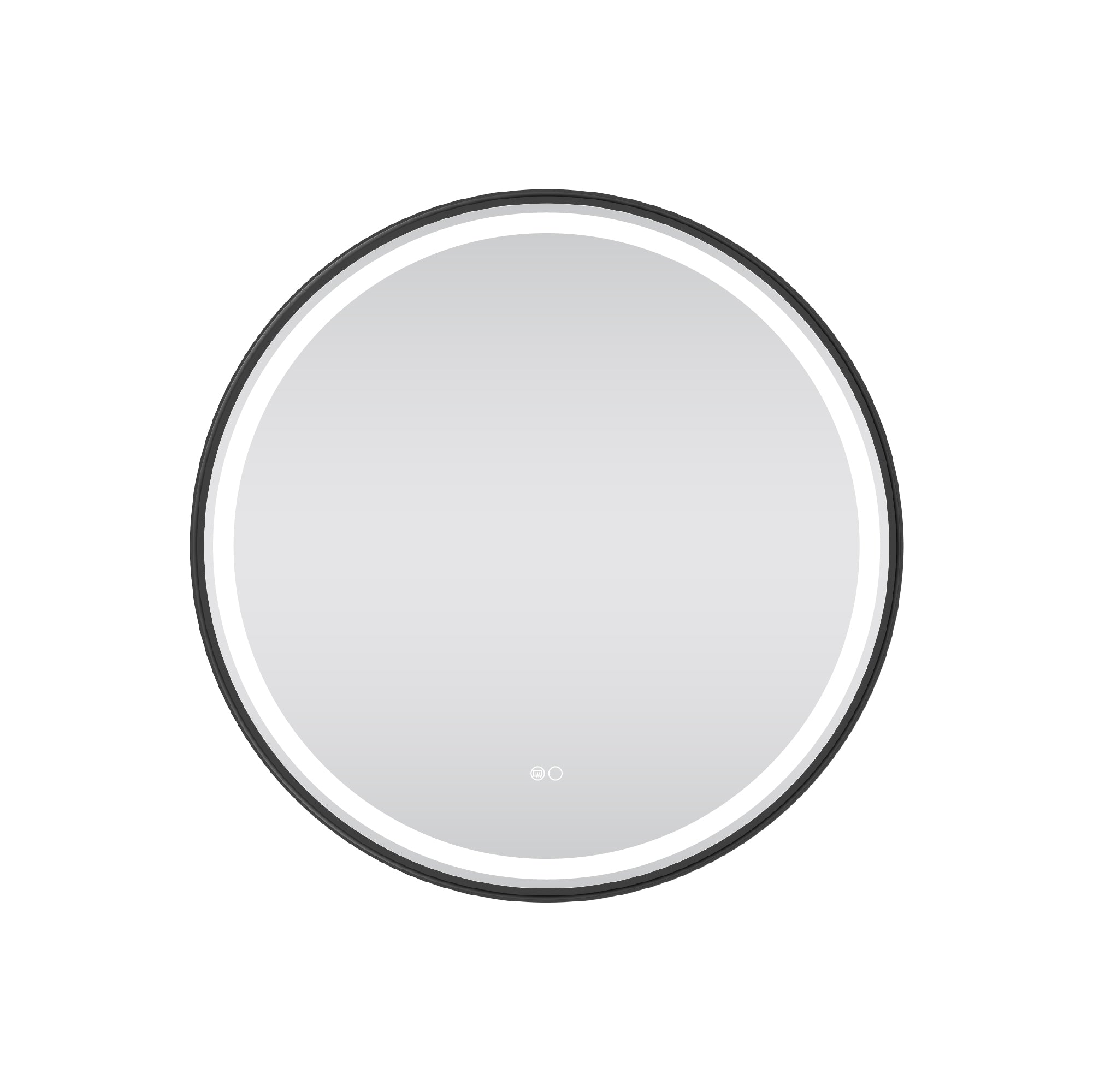


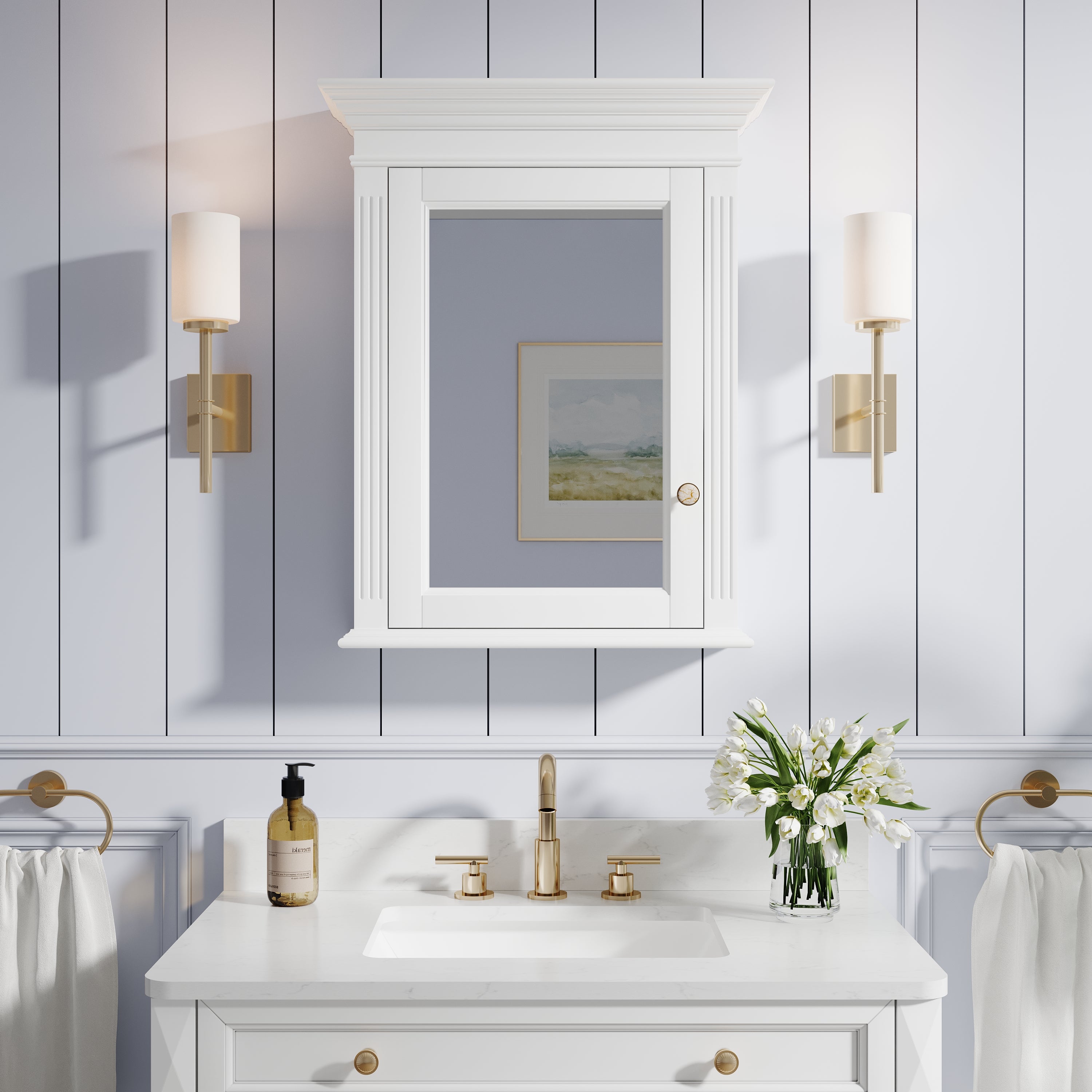
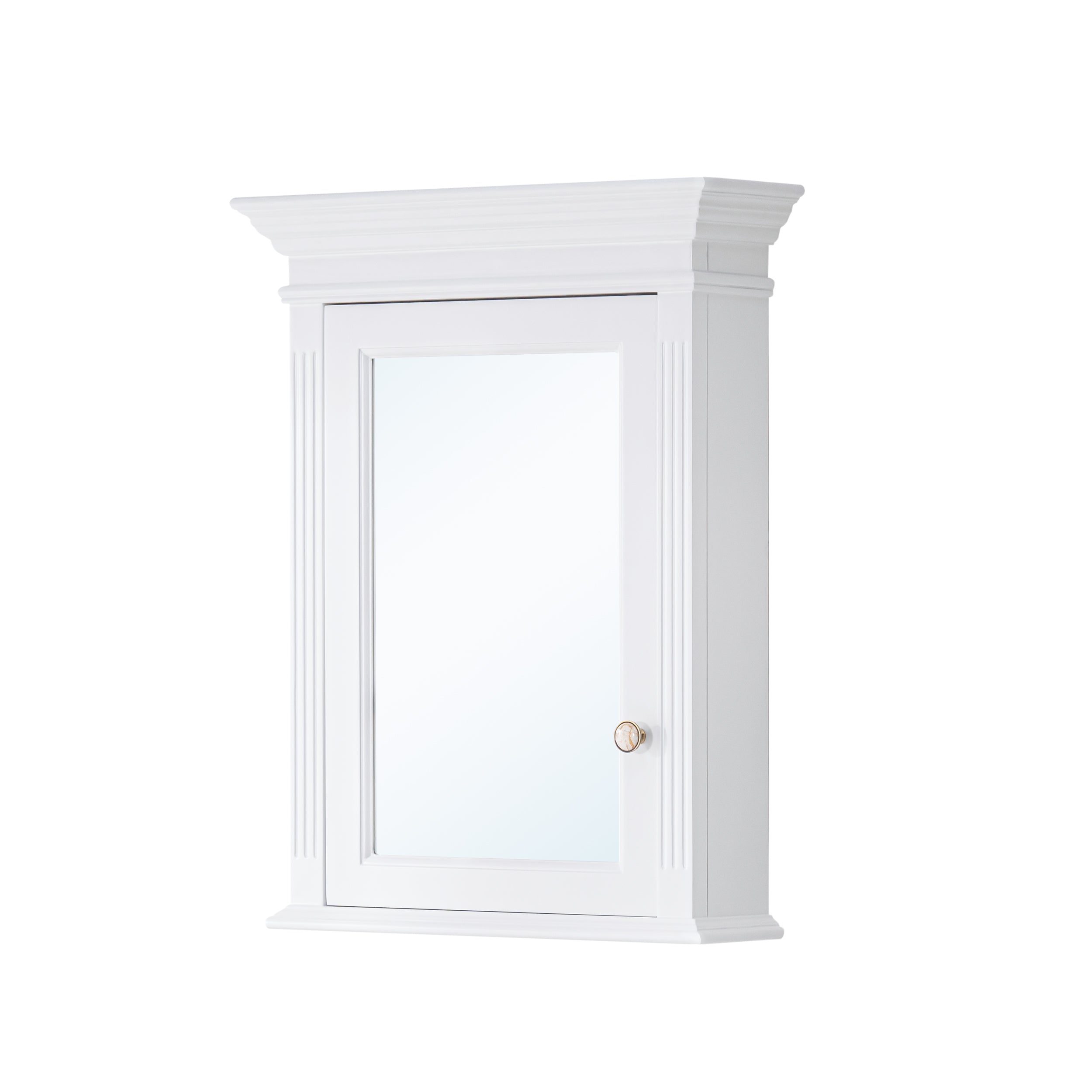
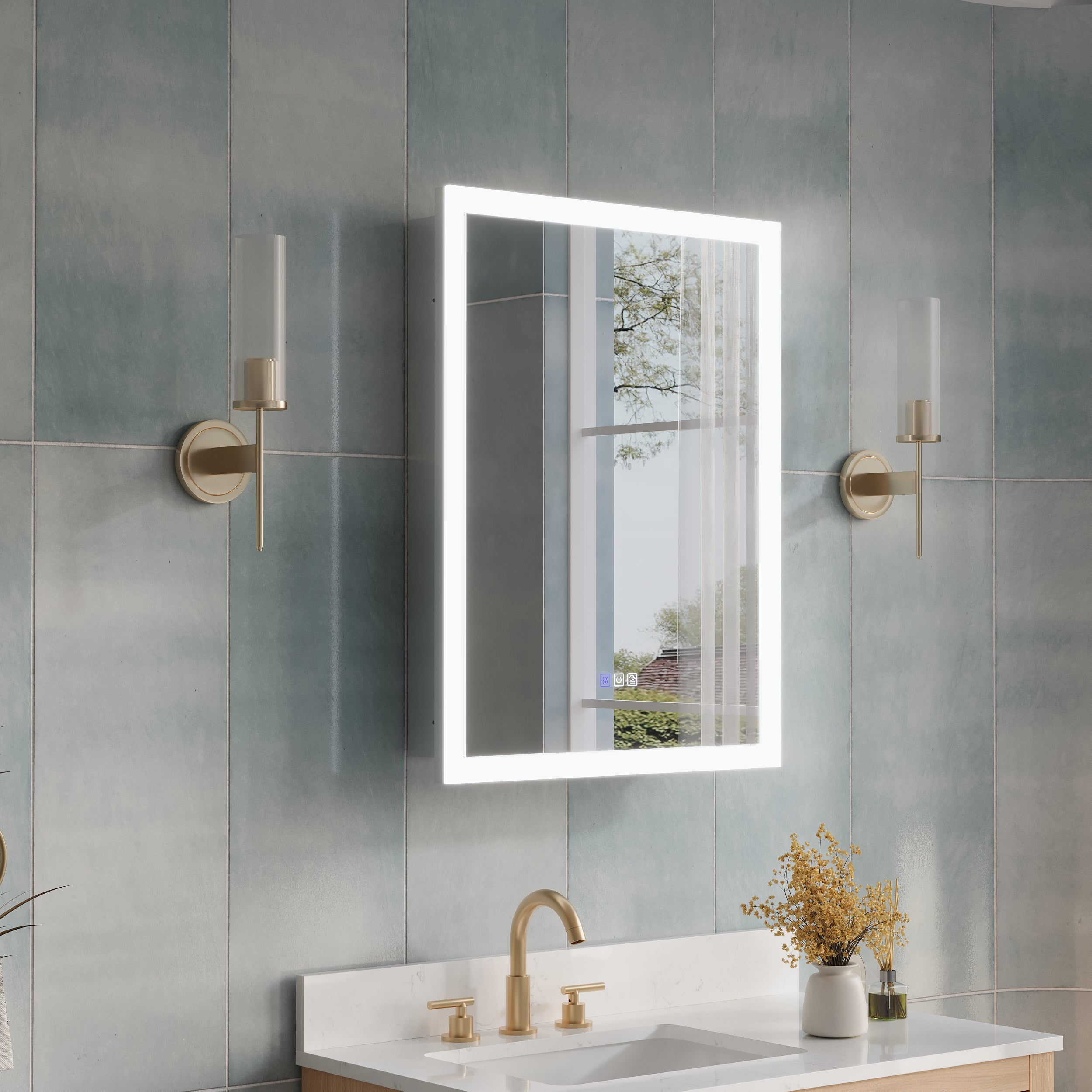
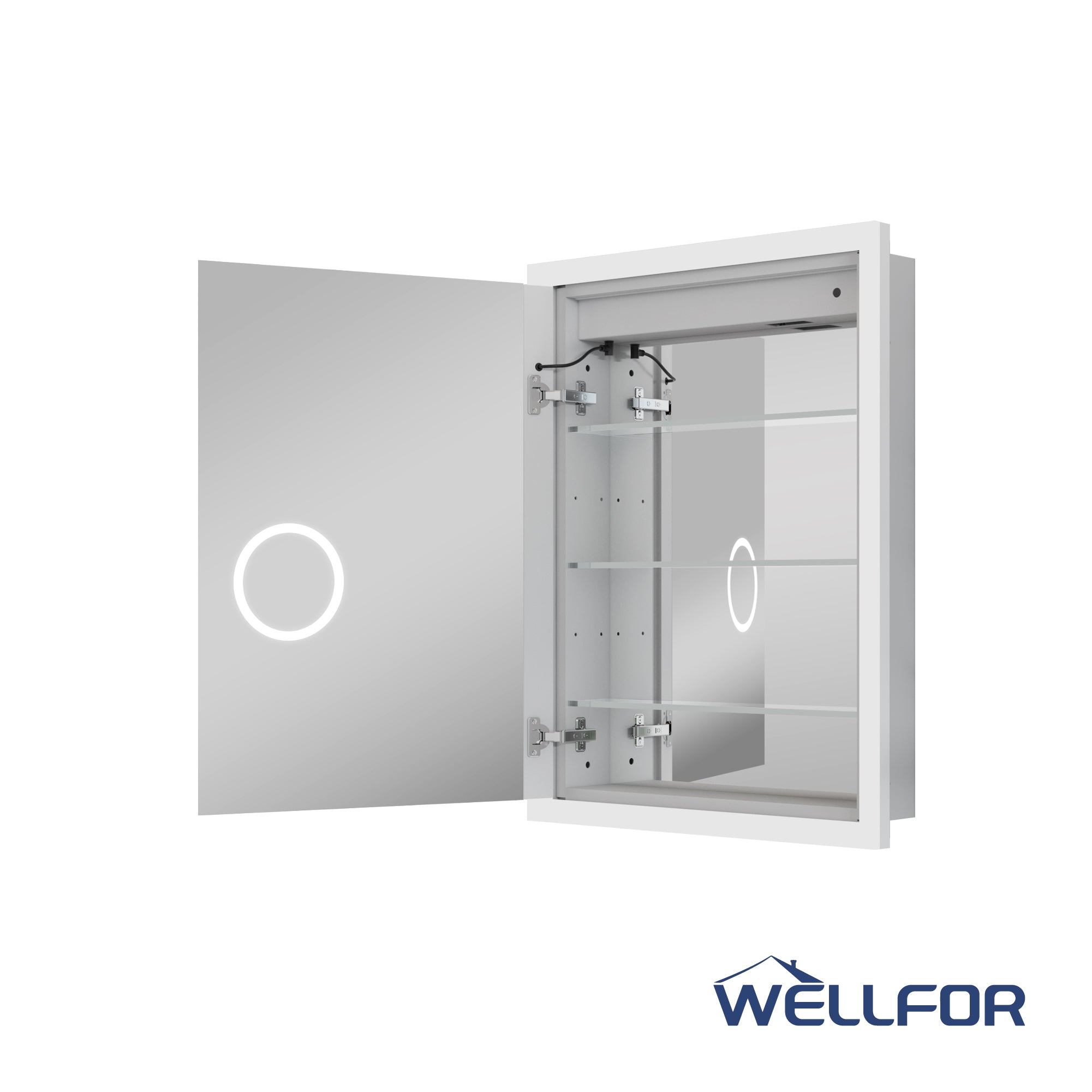
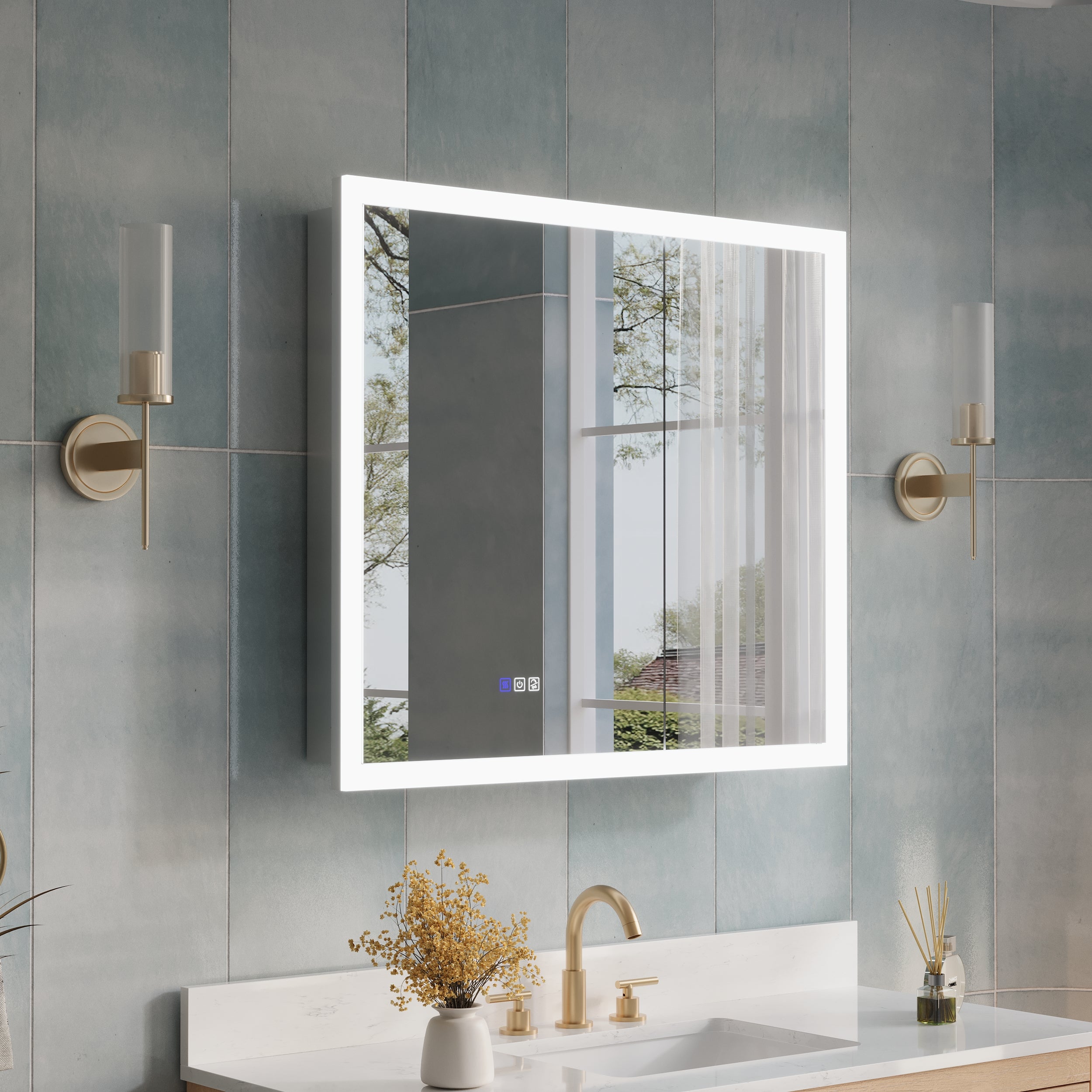




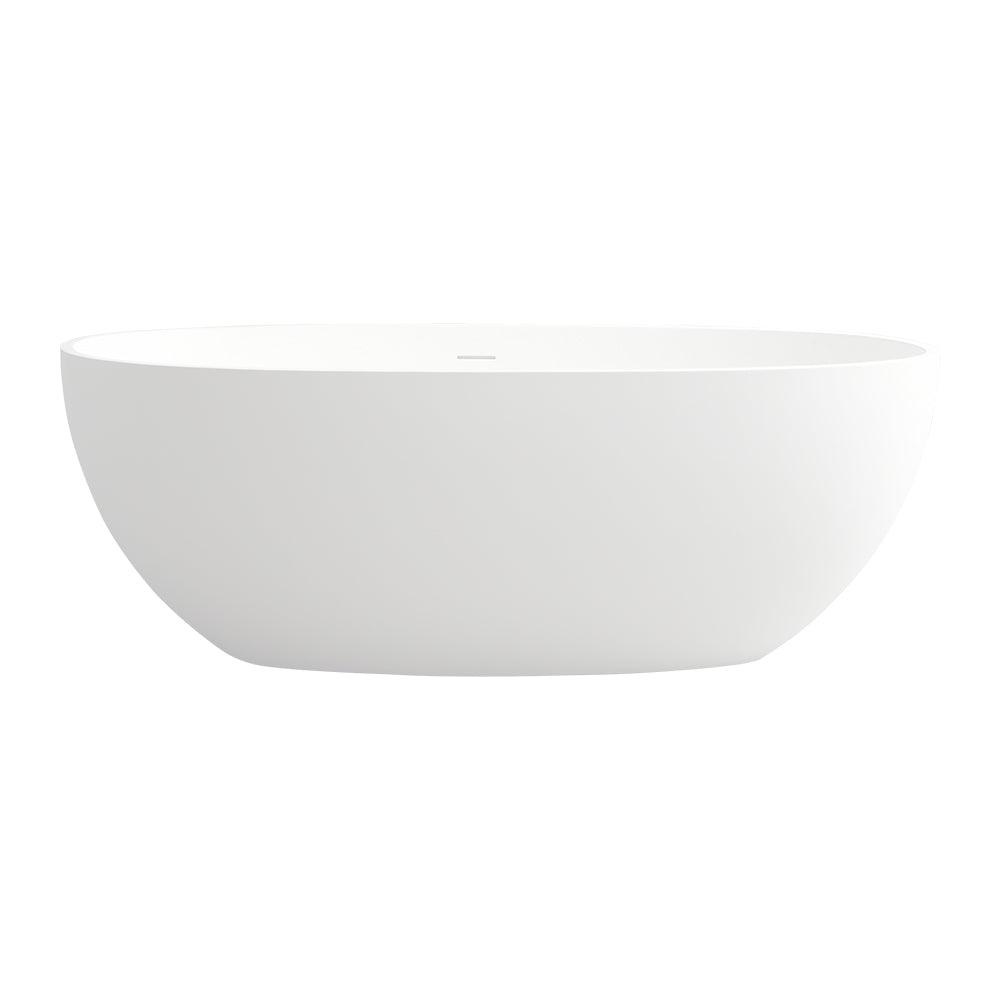
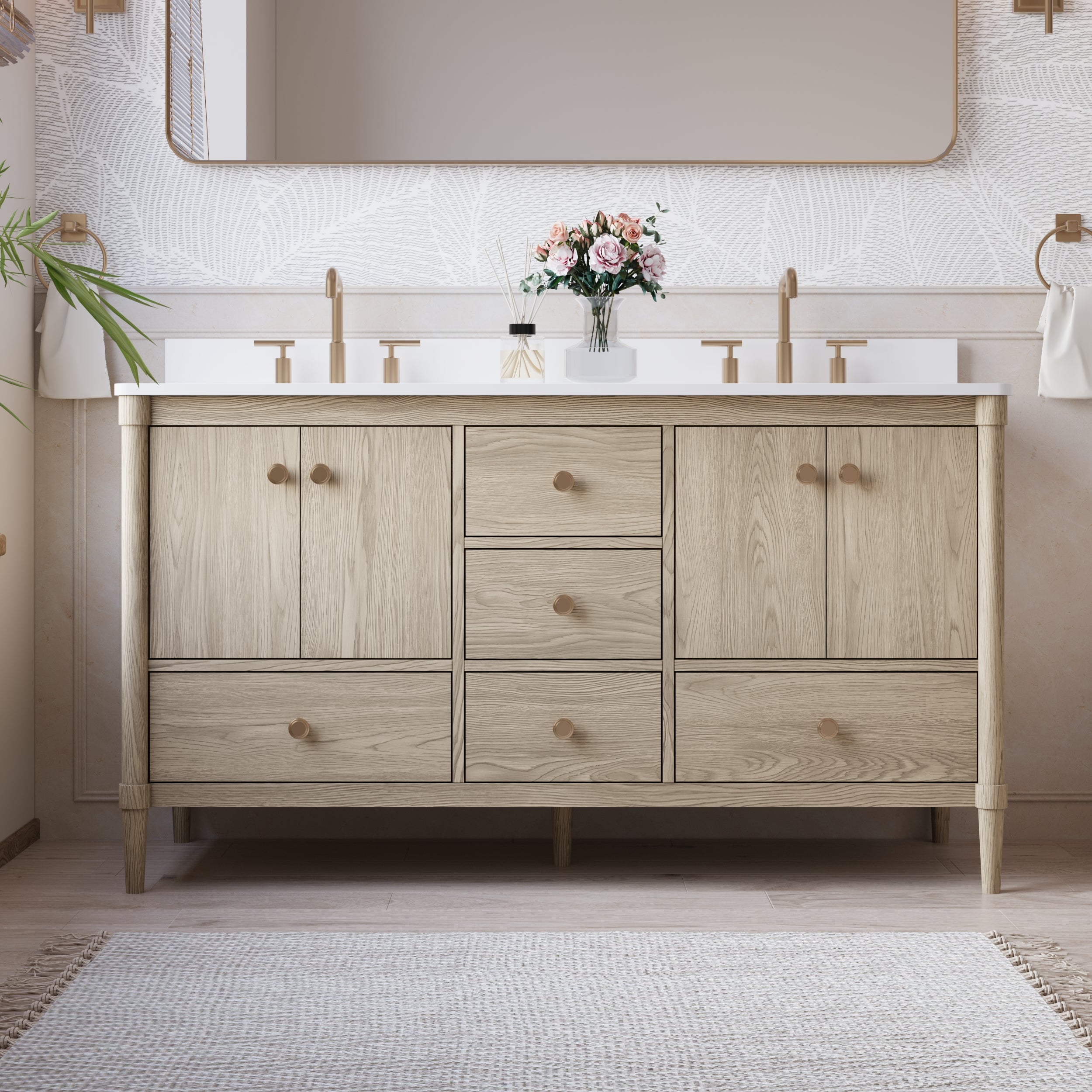
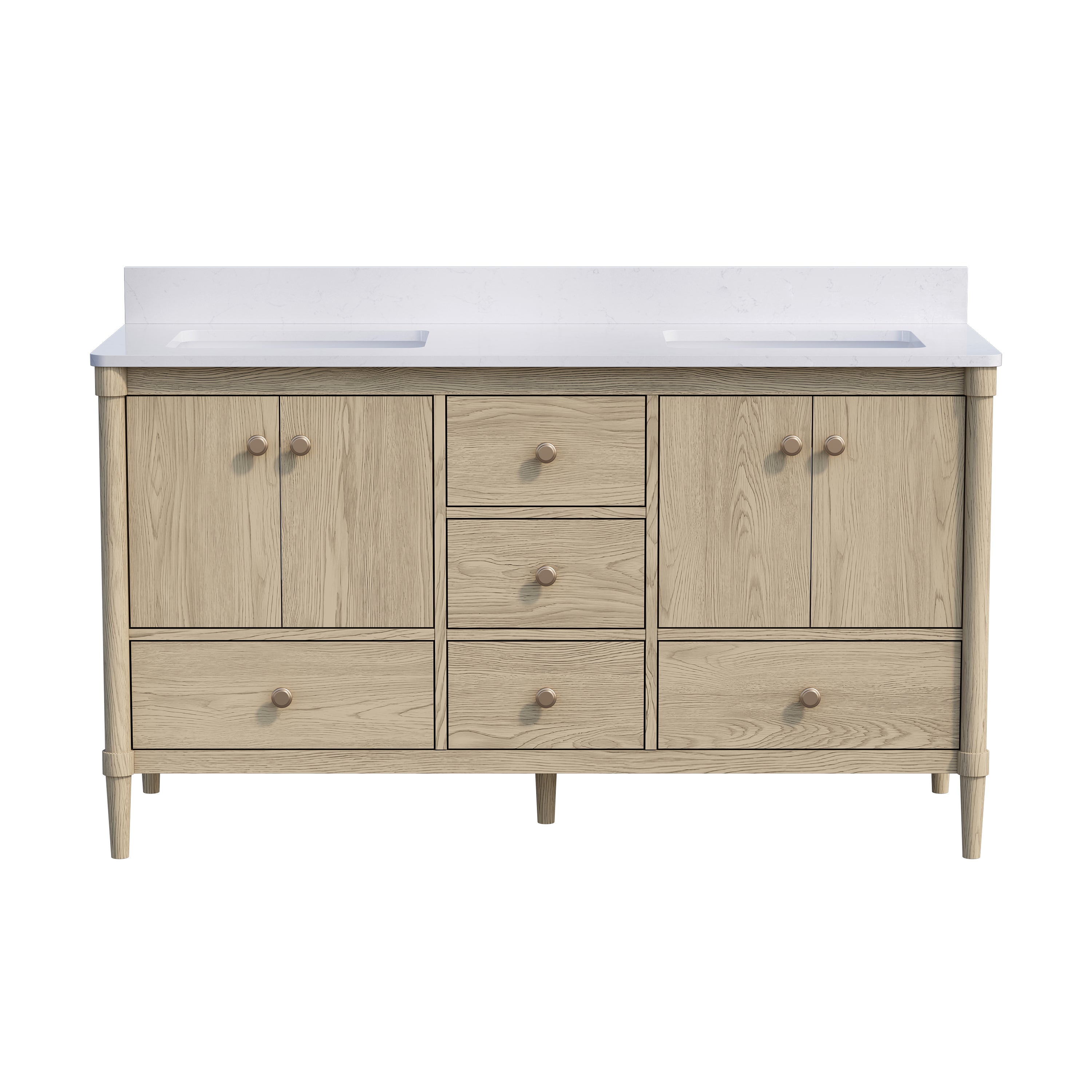
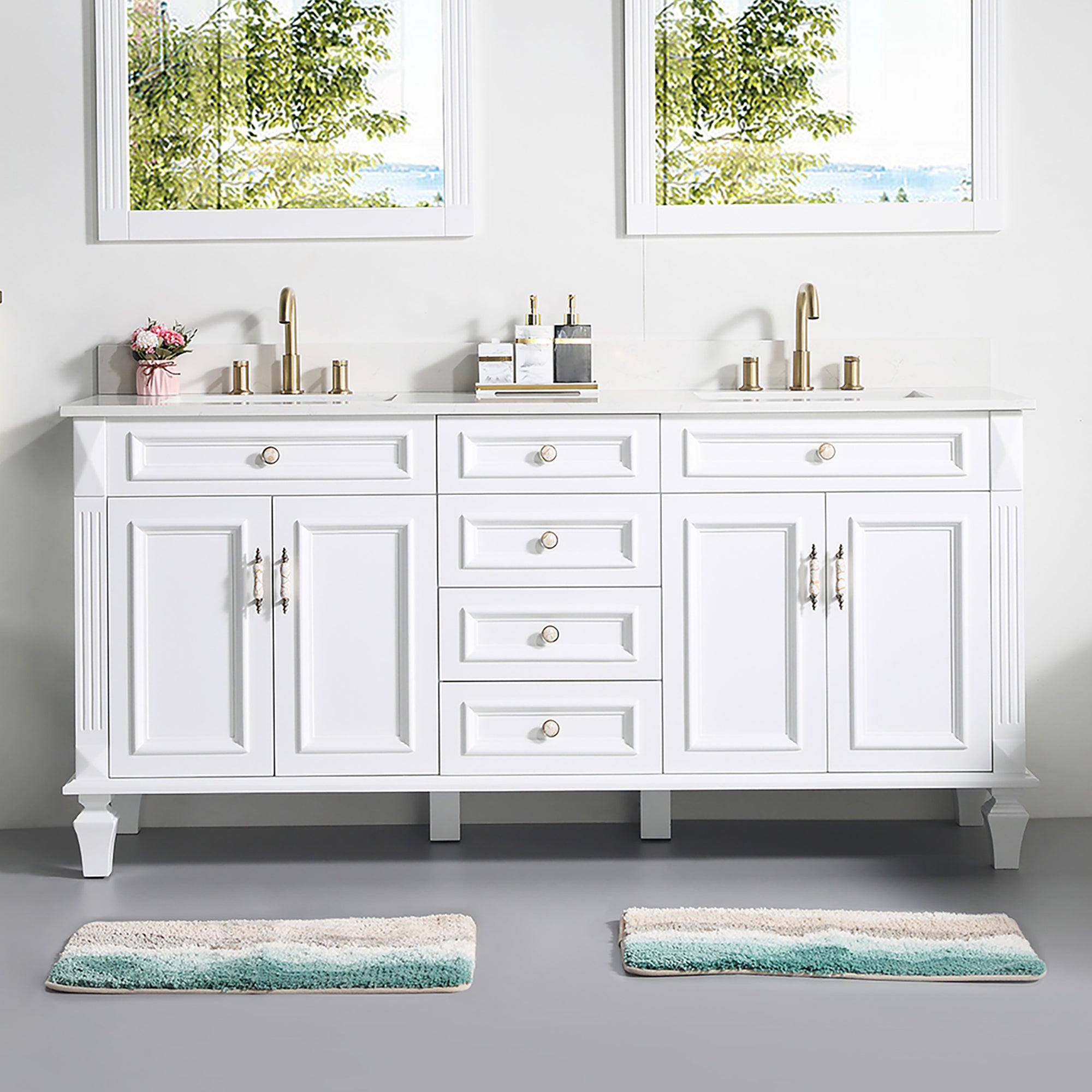

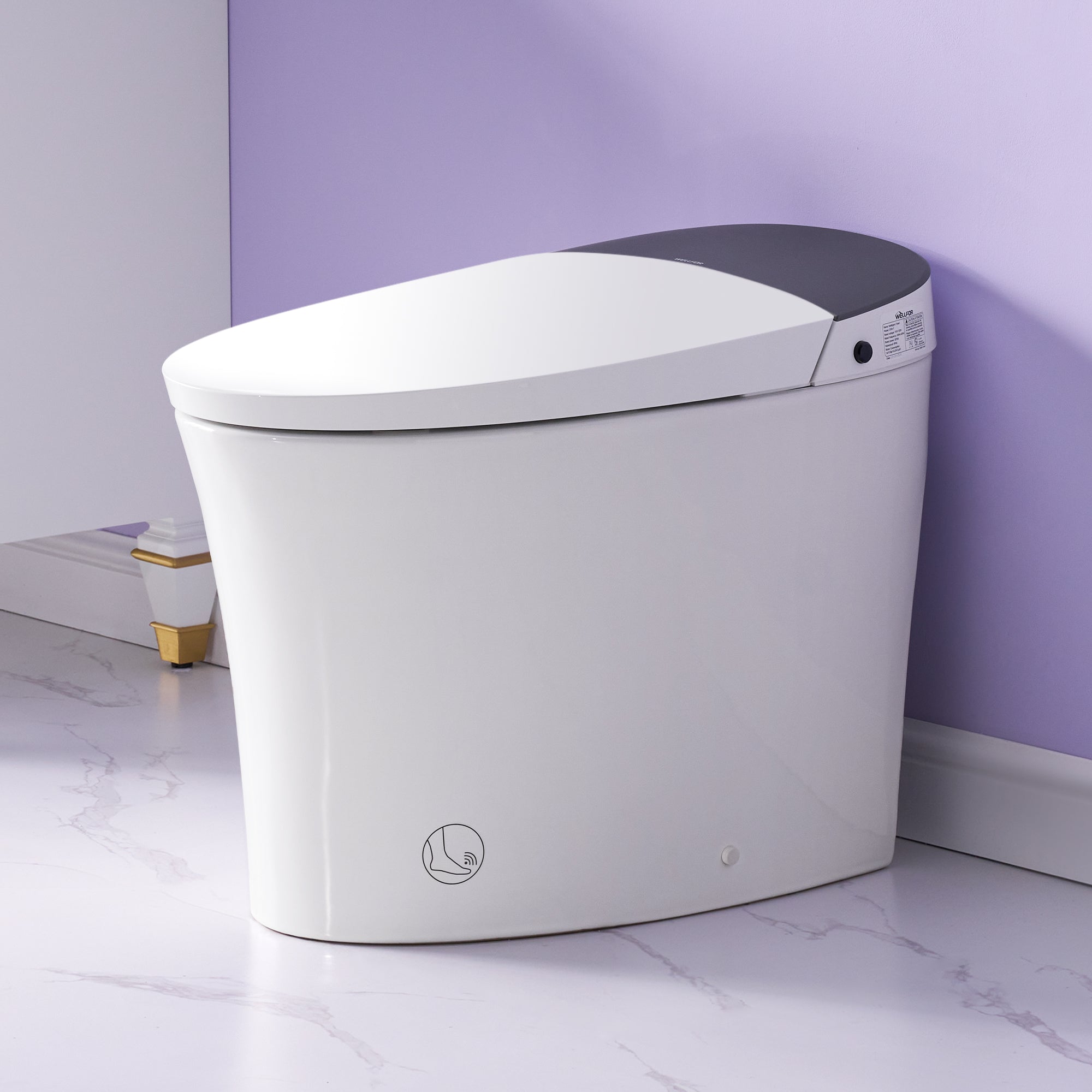
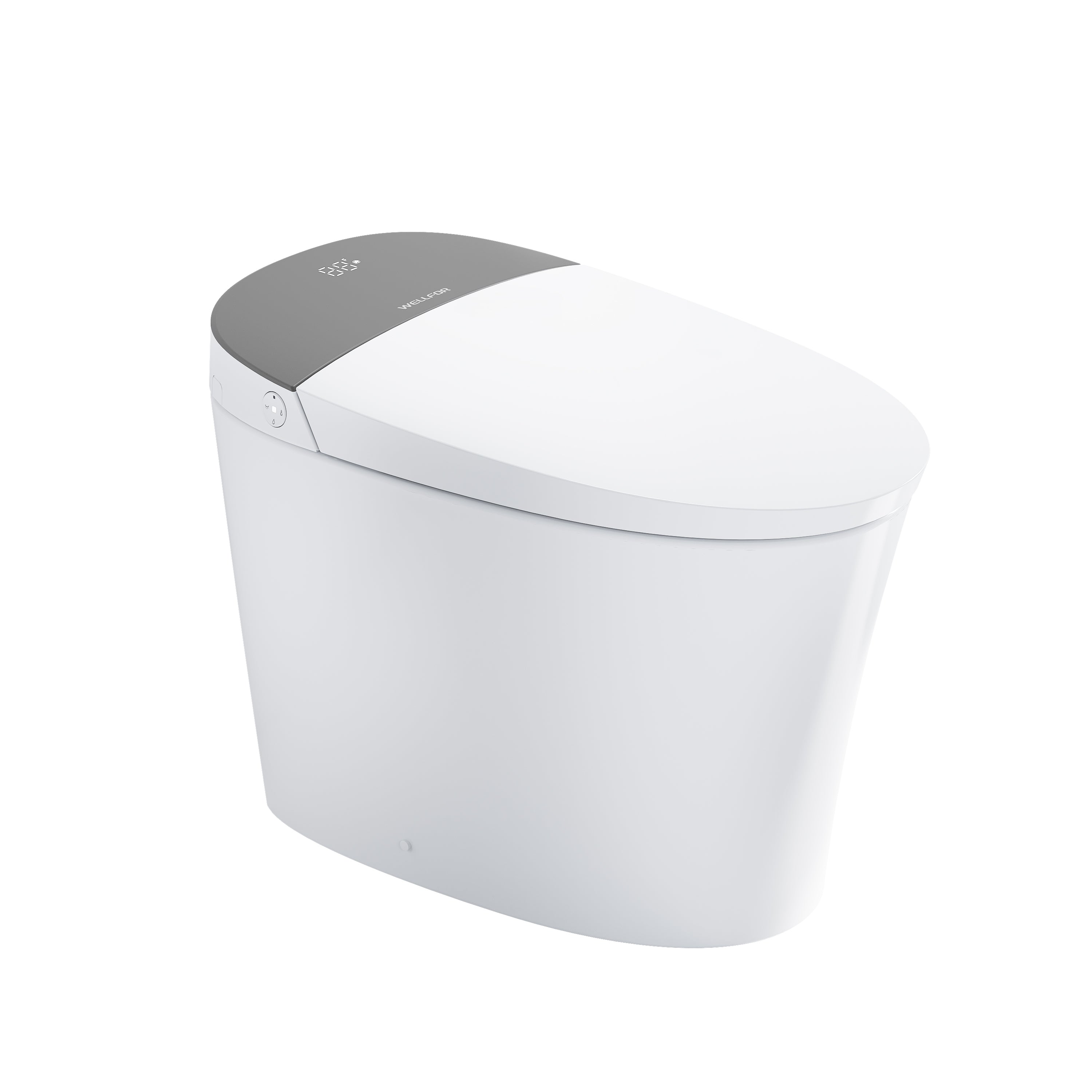

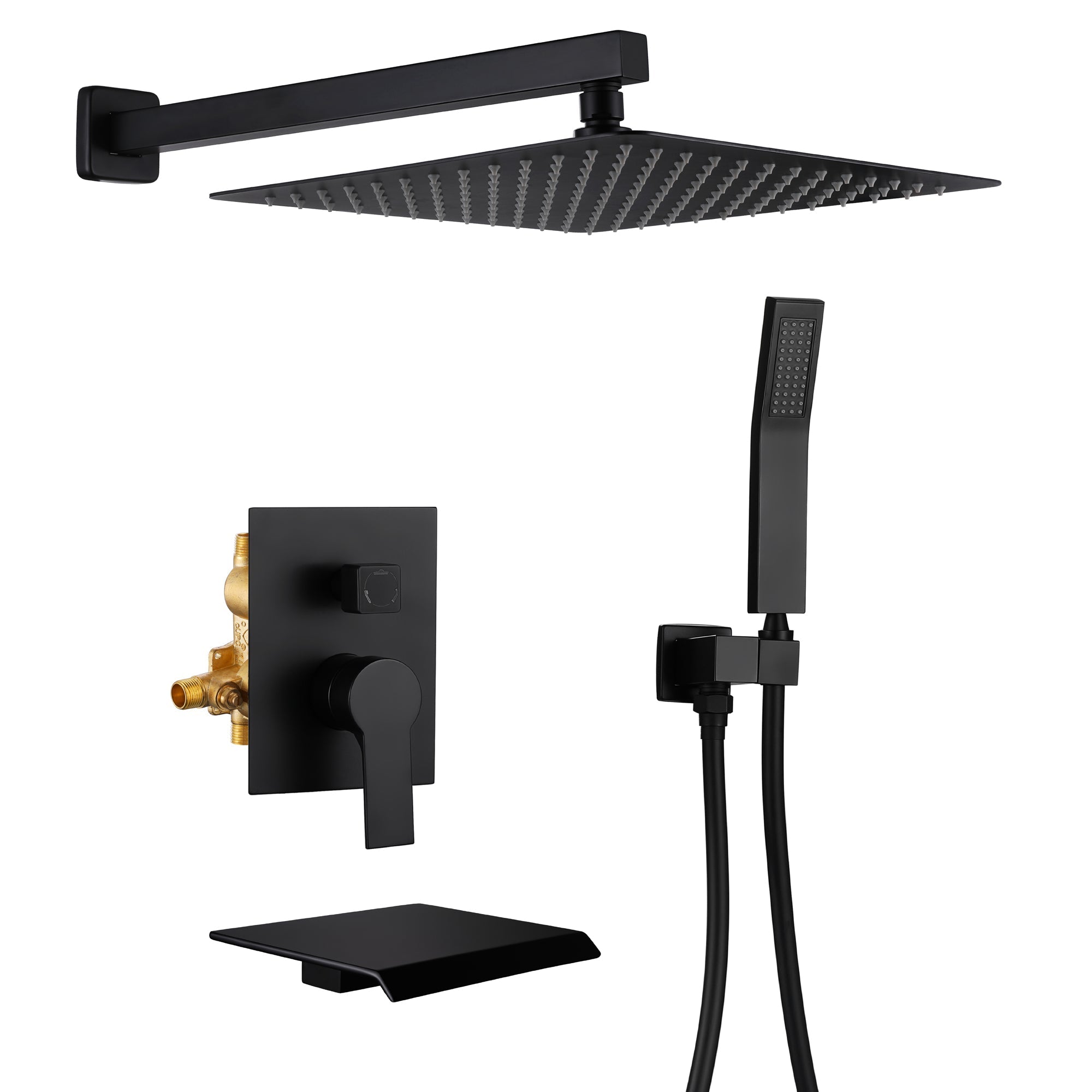
Leave a comment
This site is protected by hCaptcha and the hCaptcha Privacy Policy and Terms of Service apply.